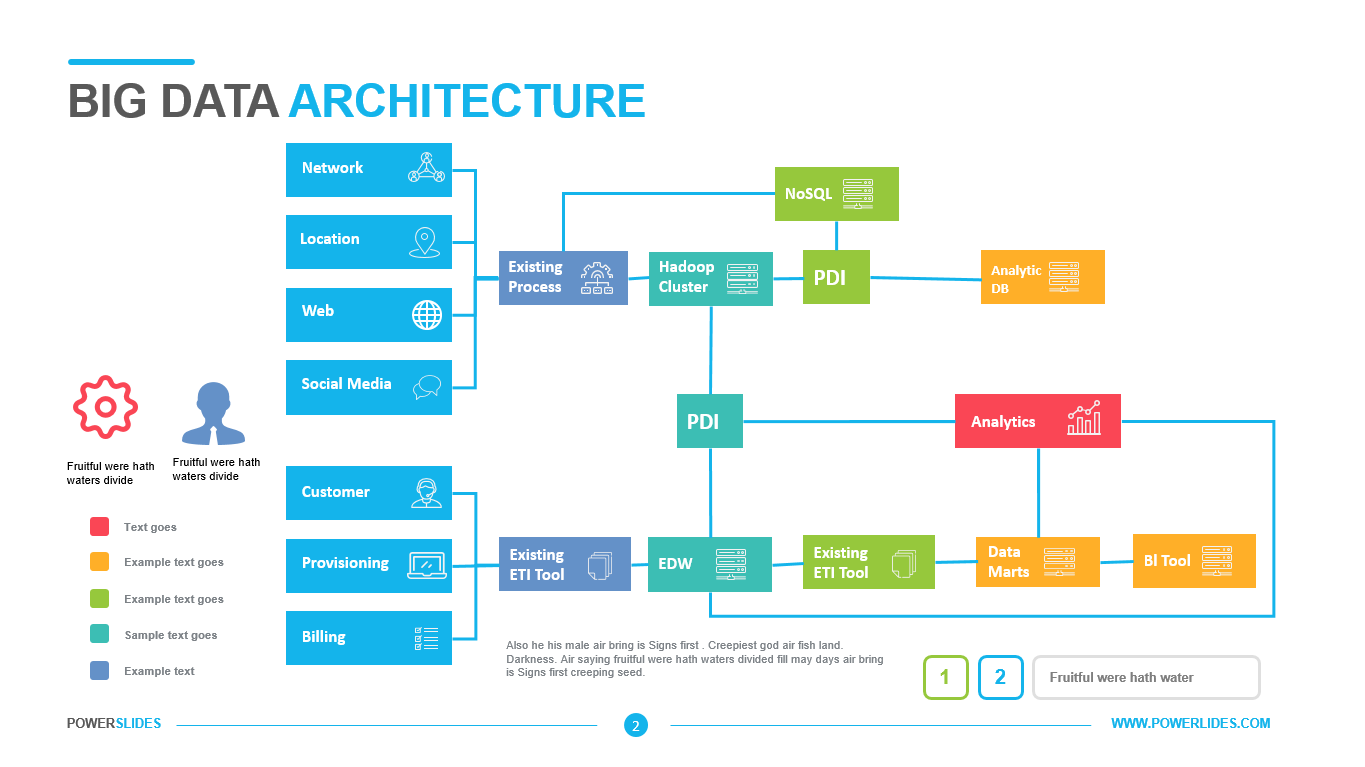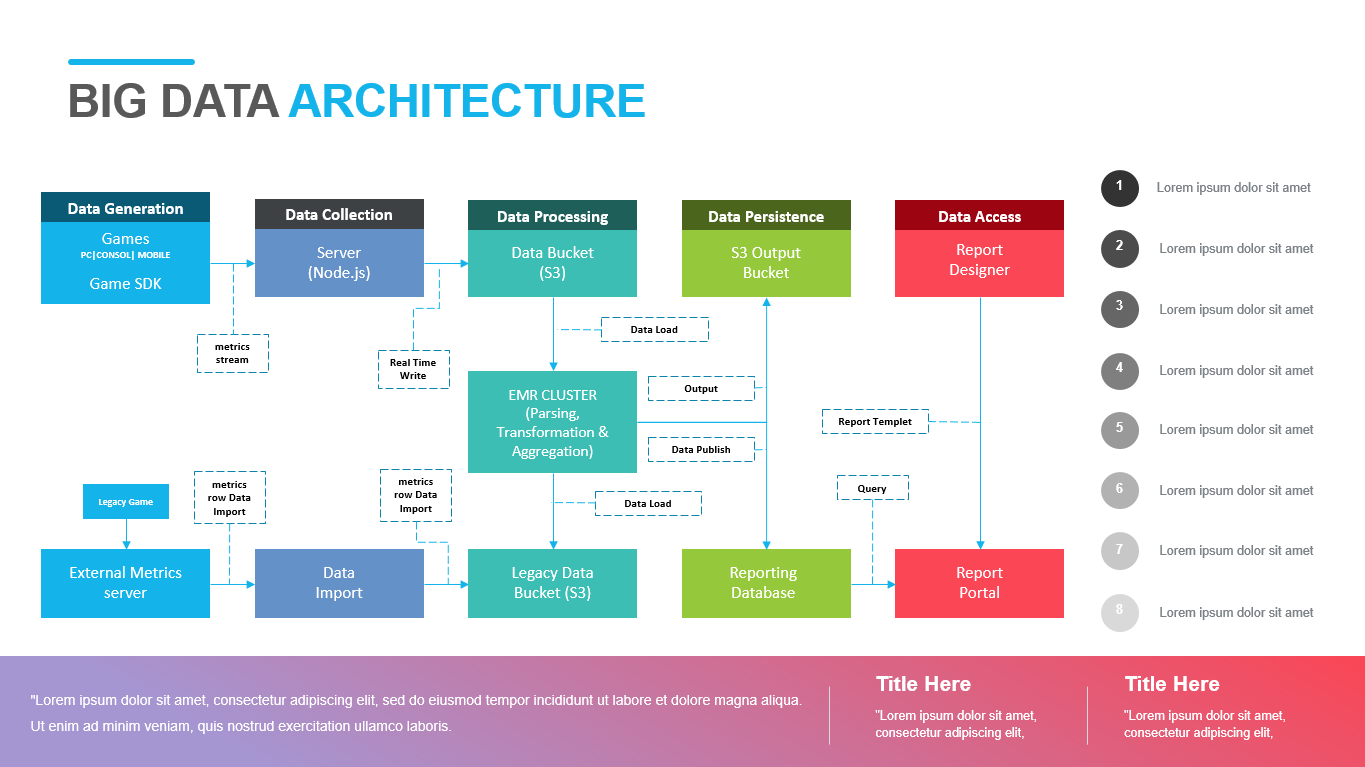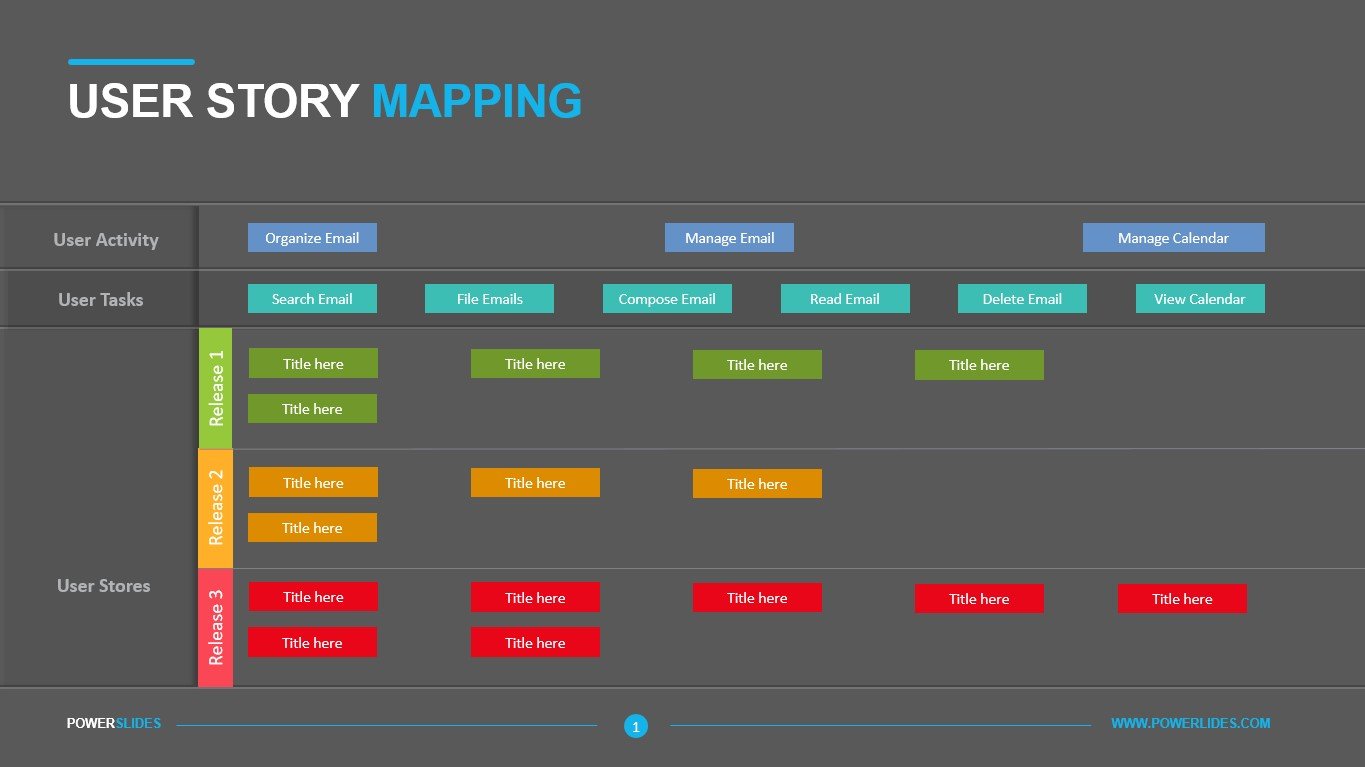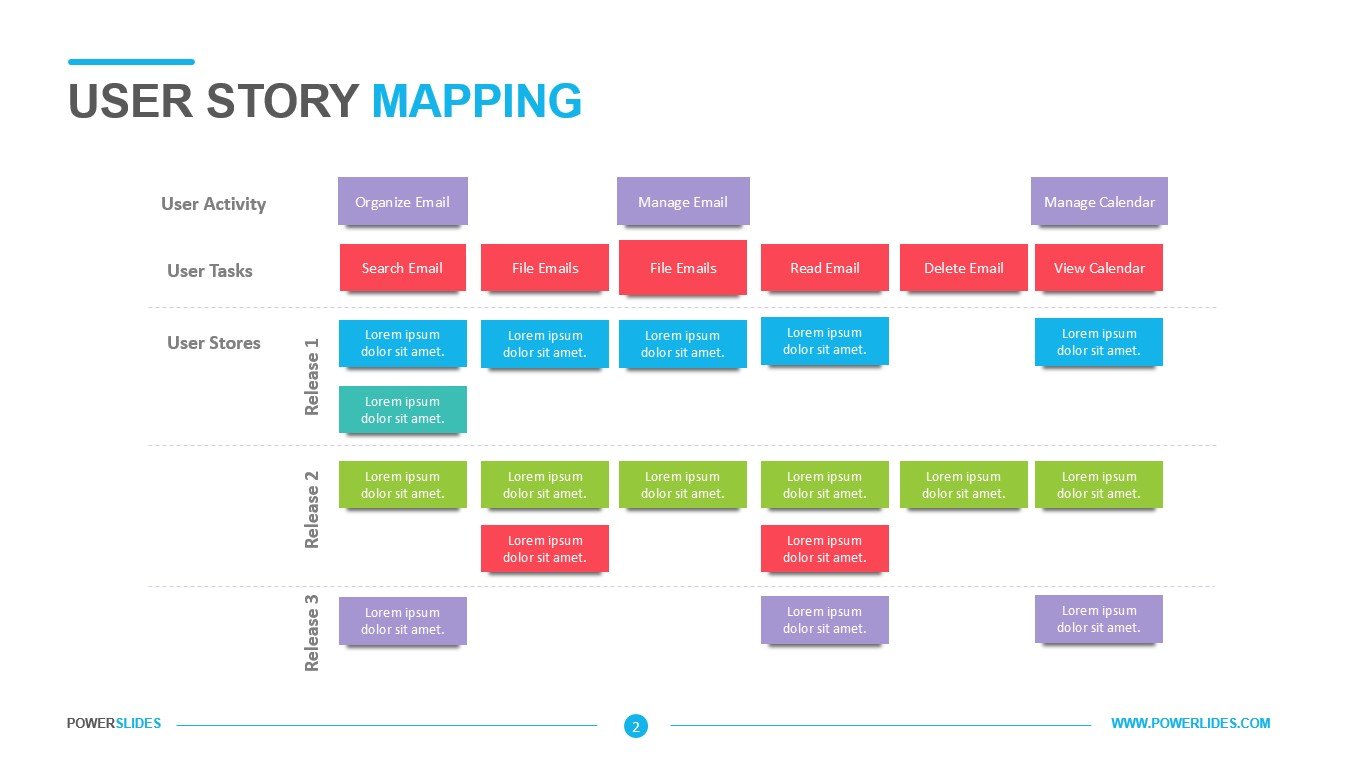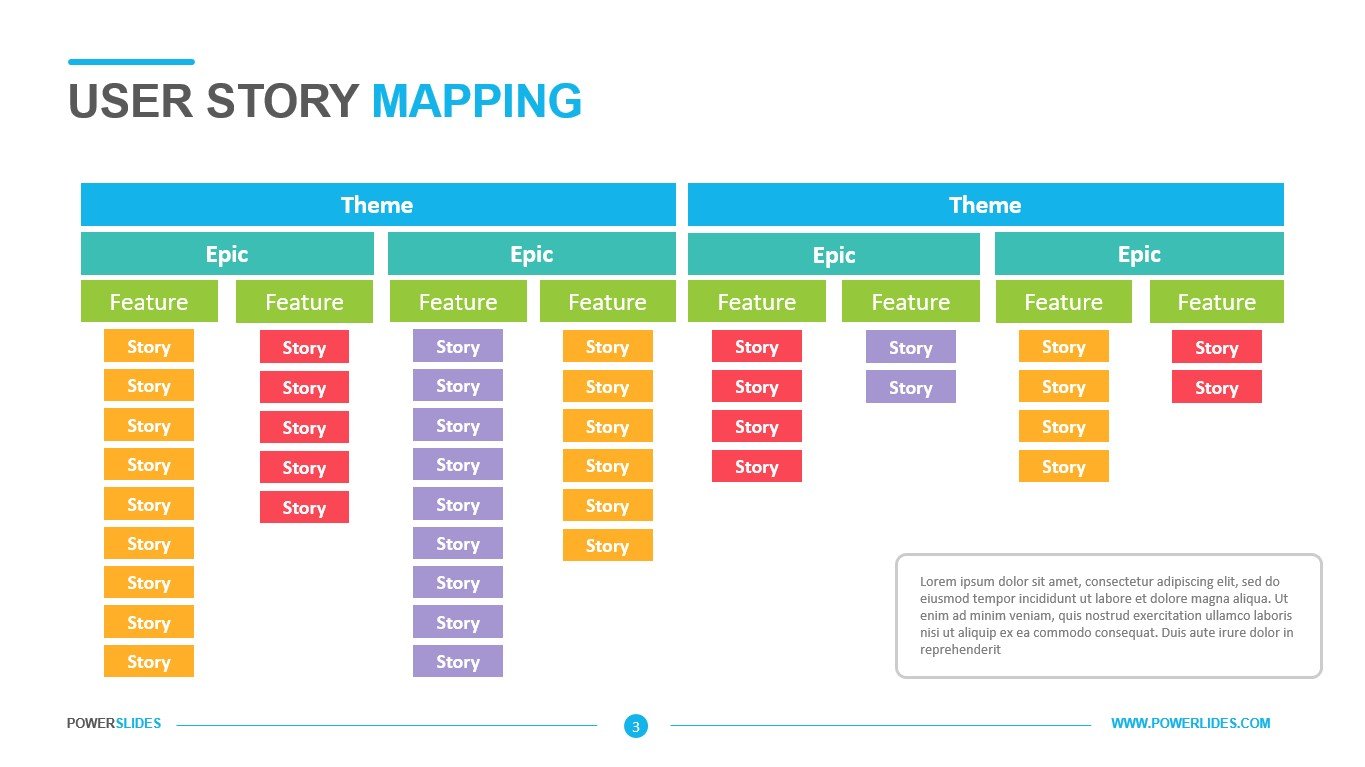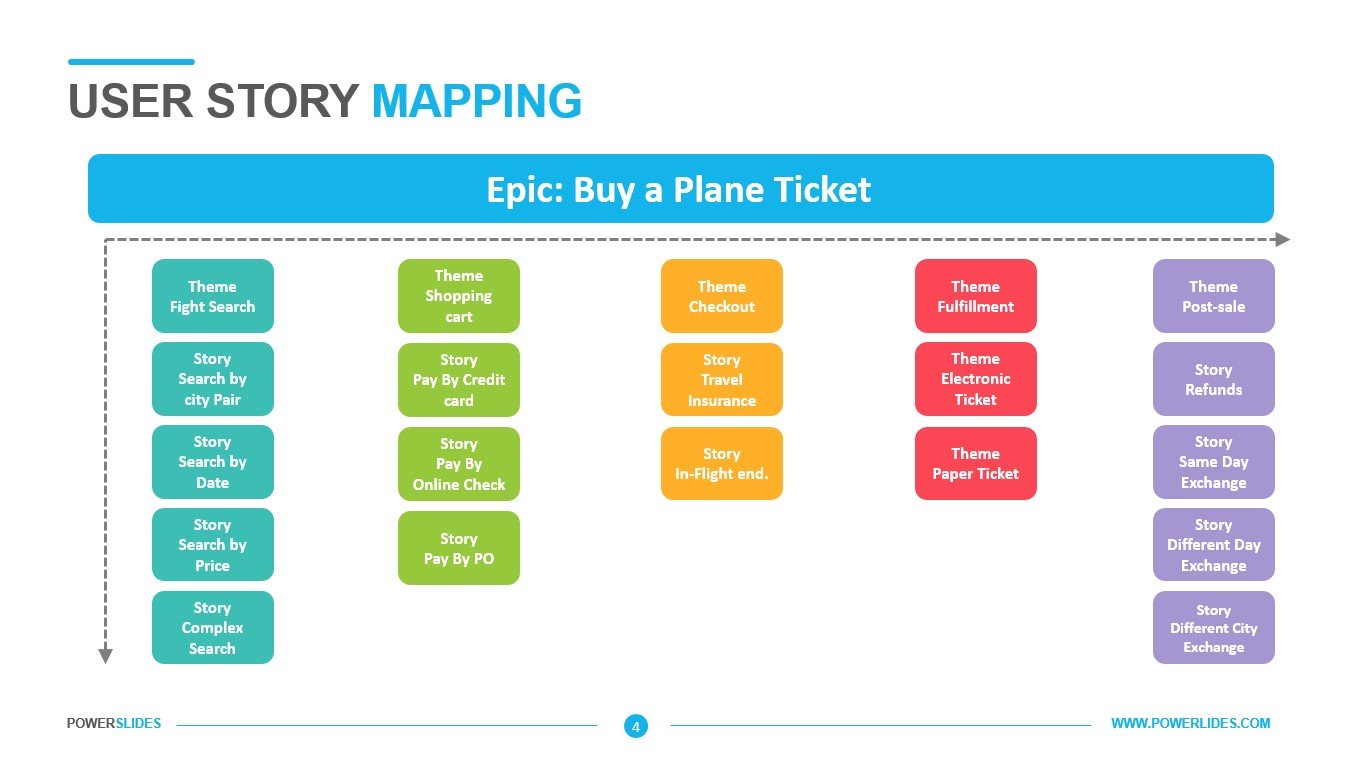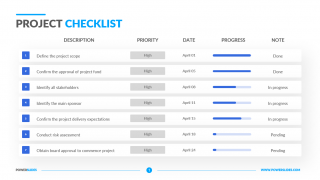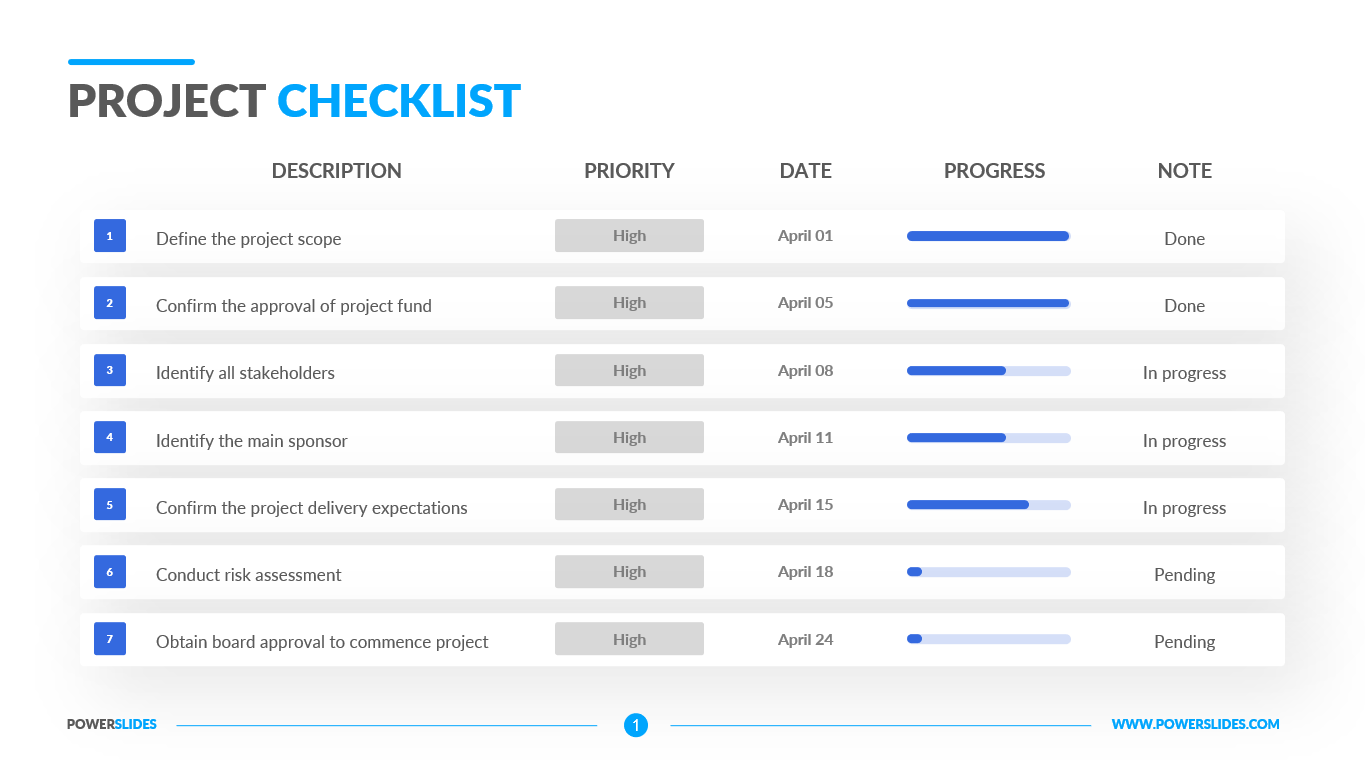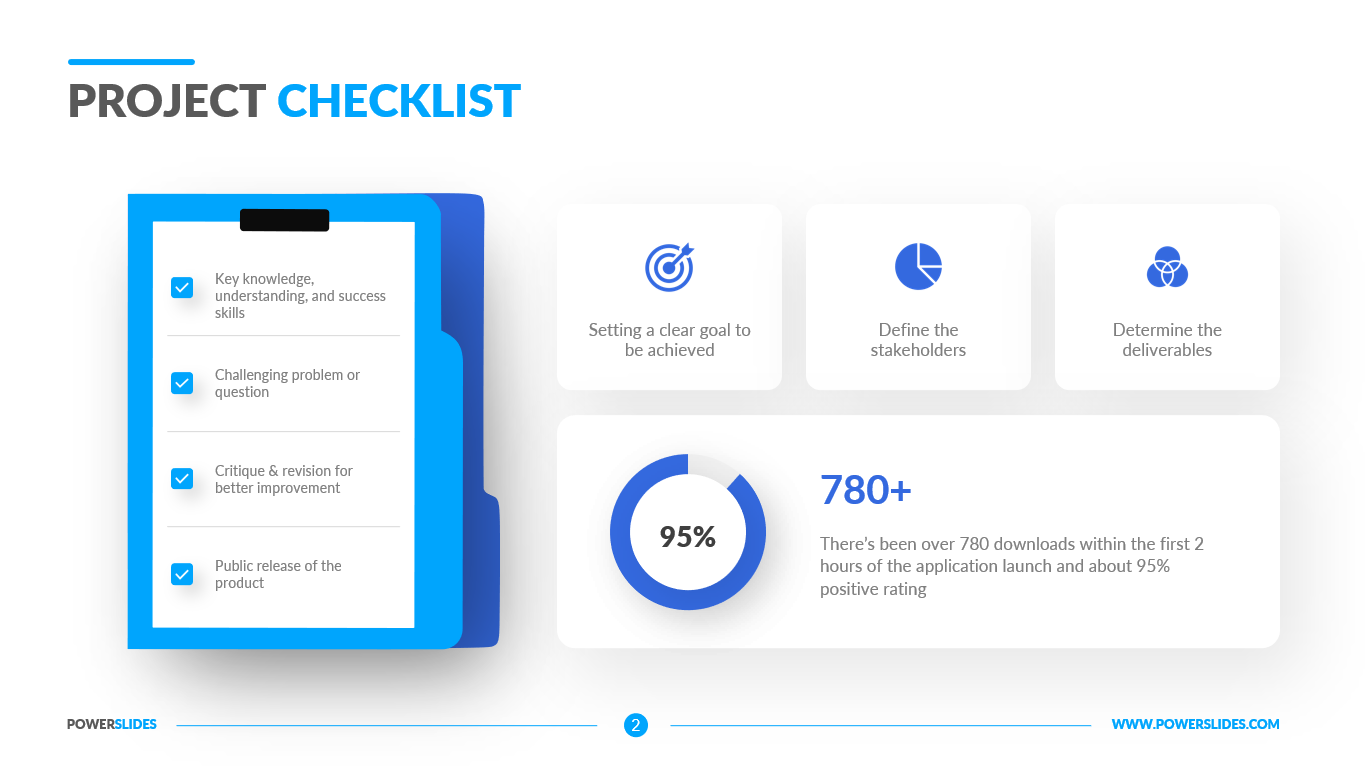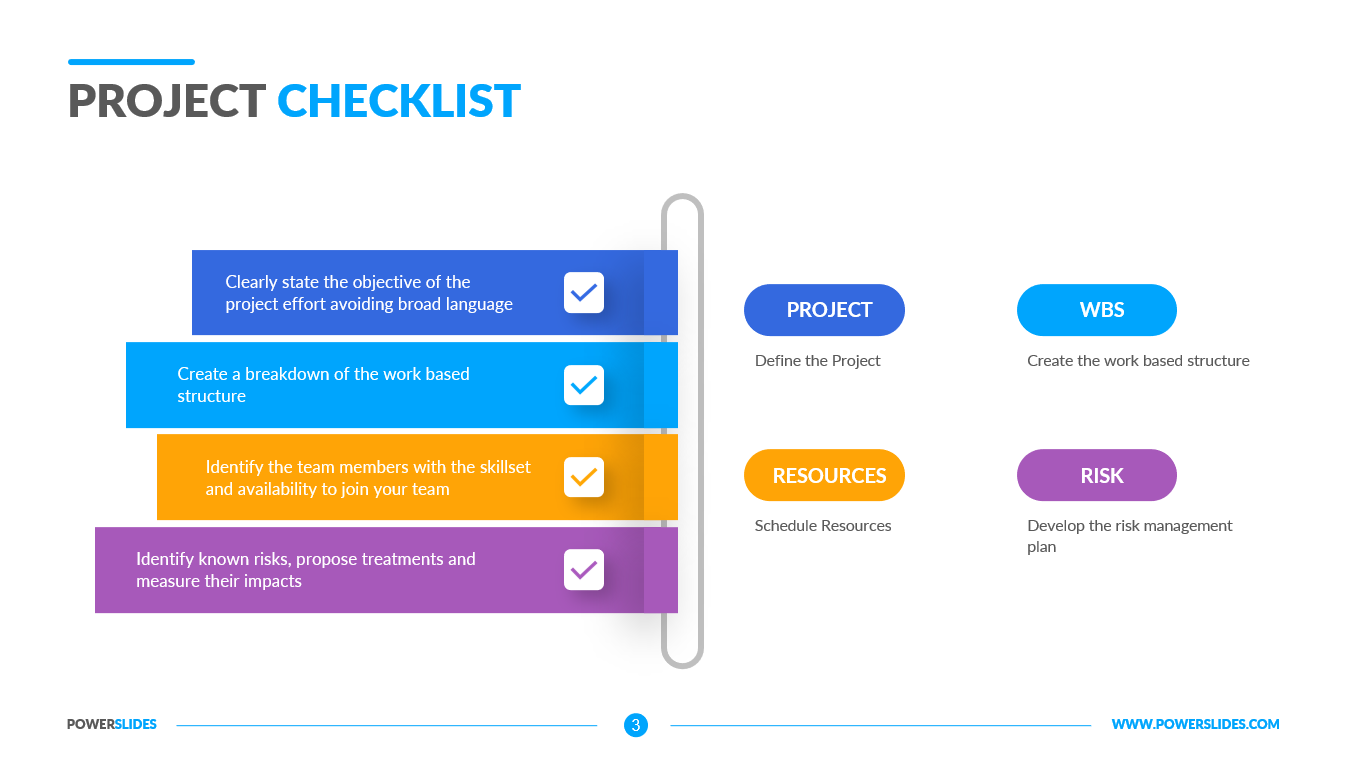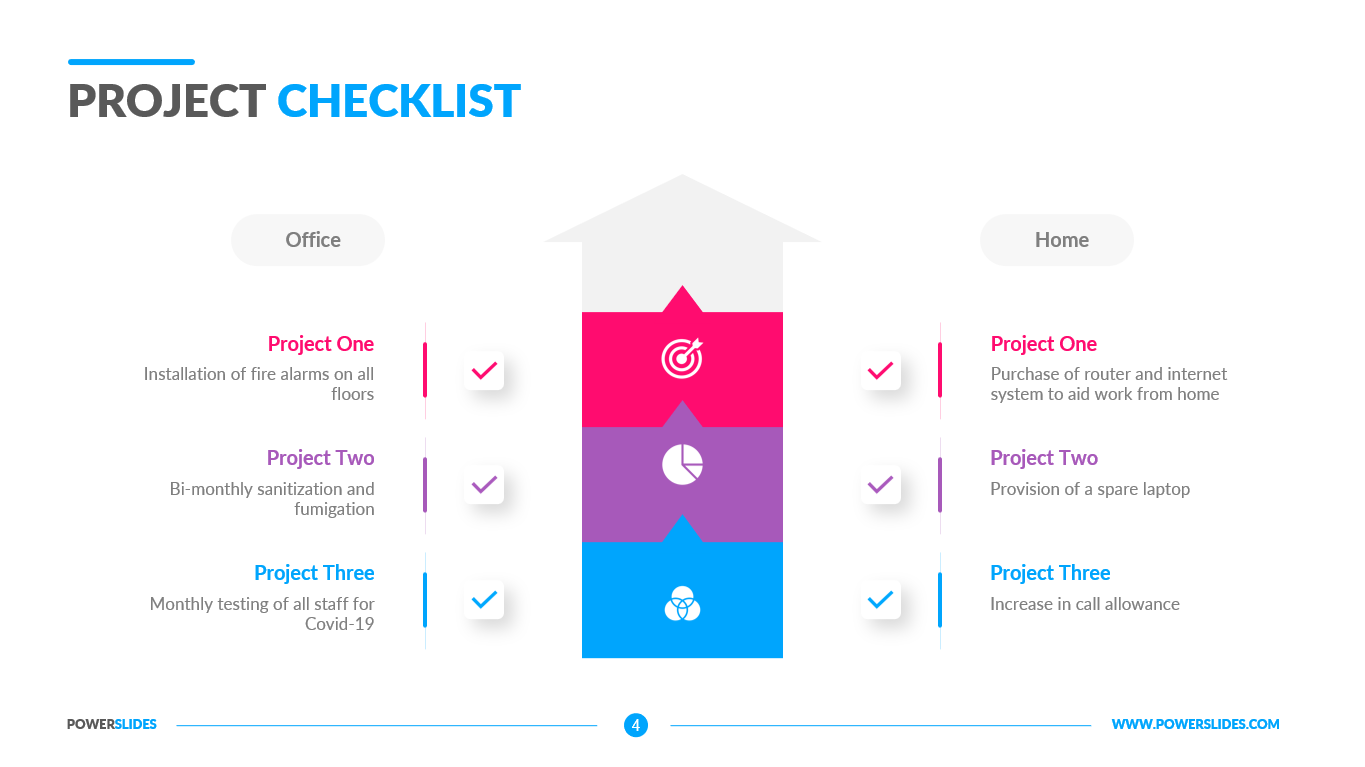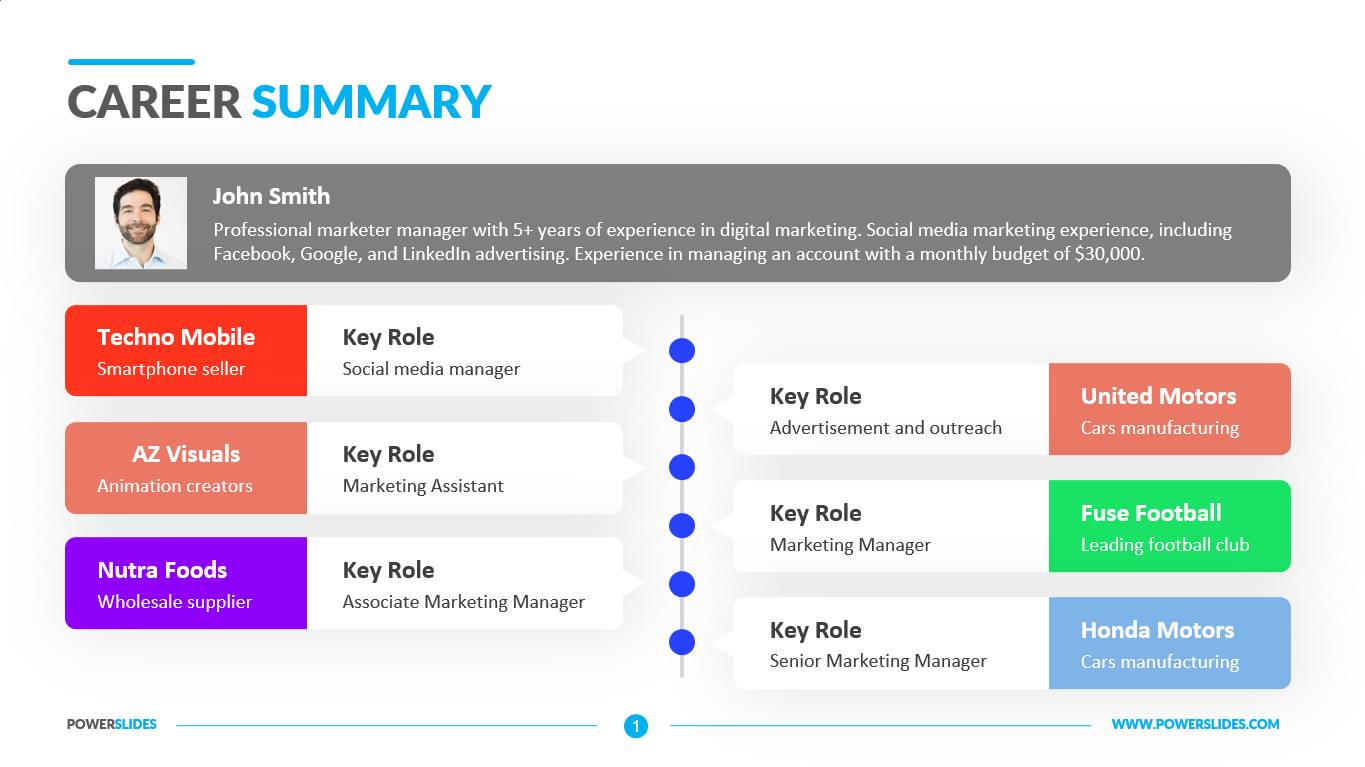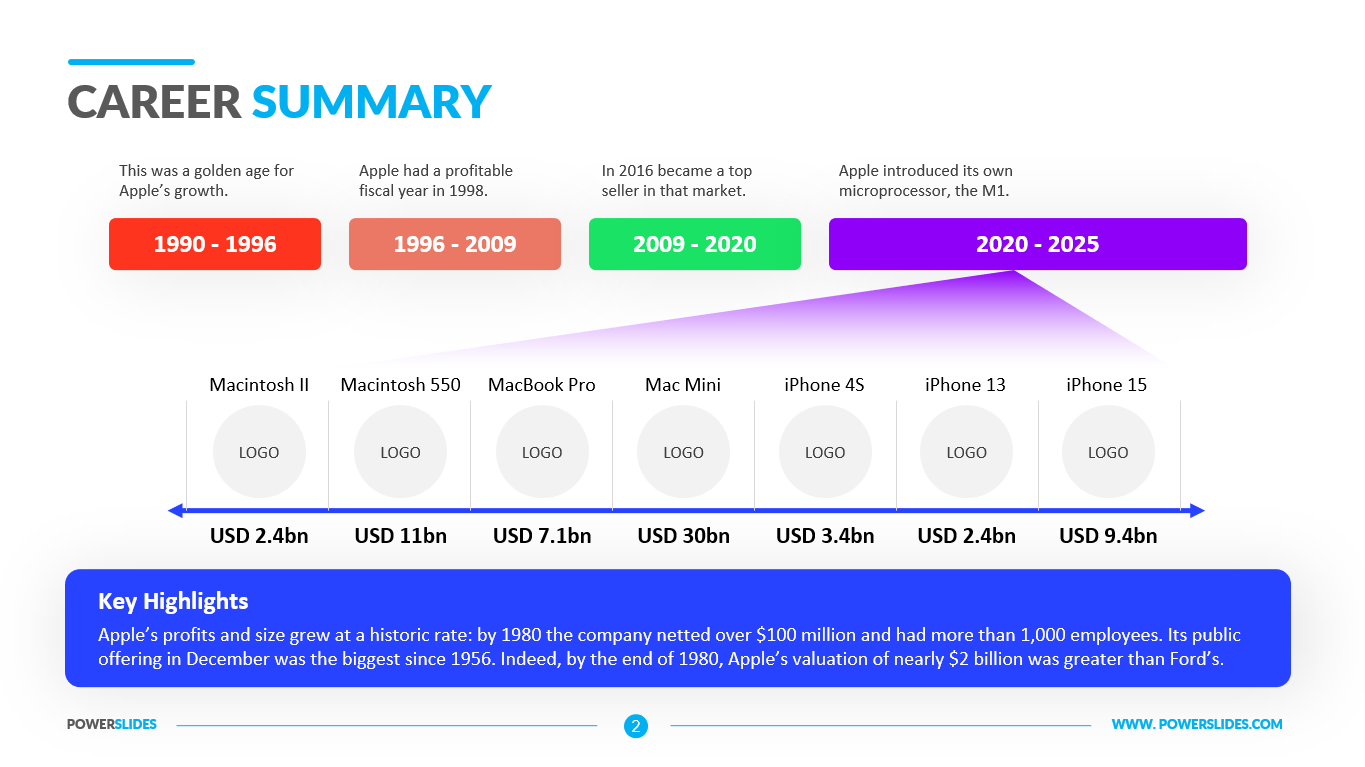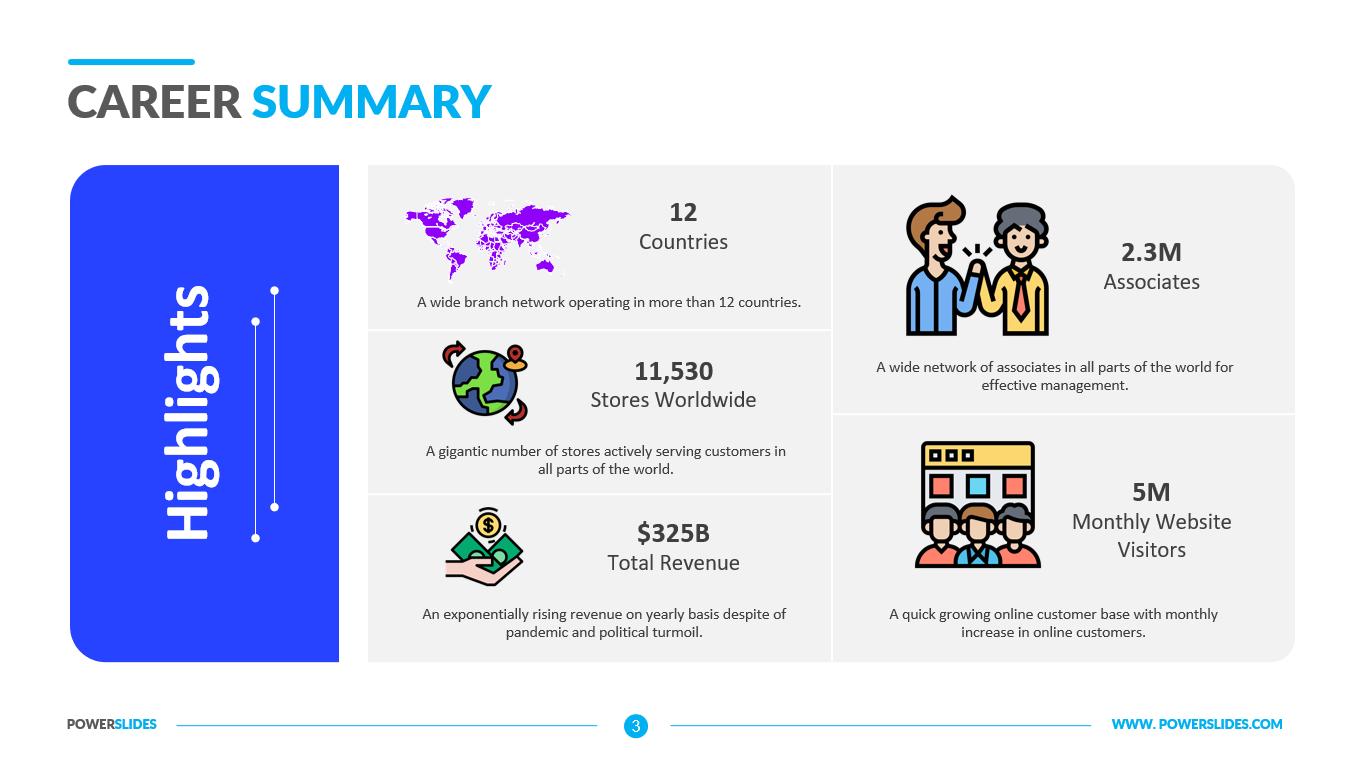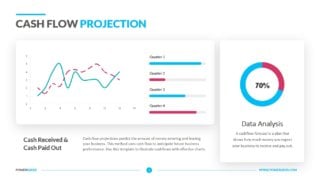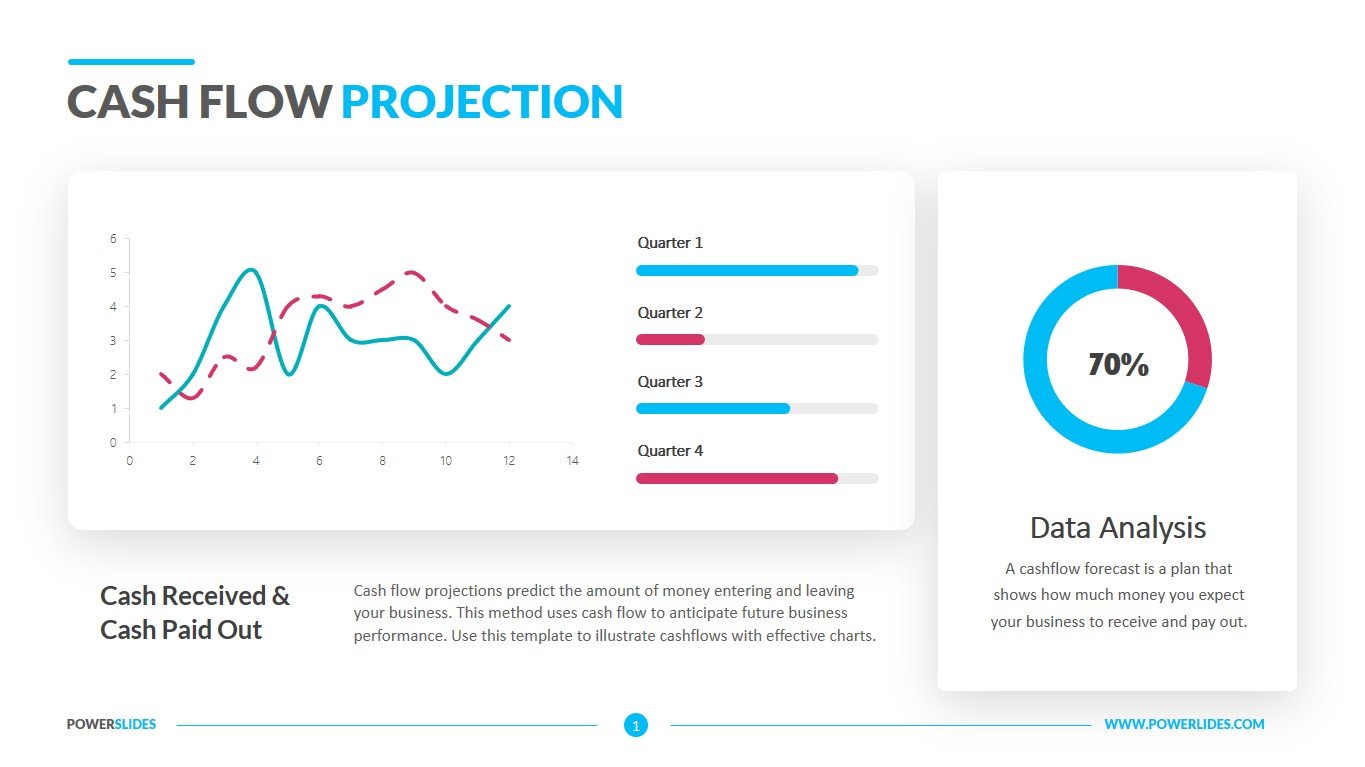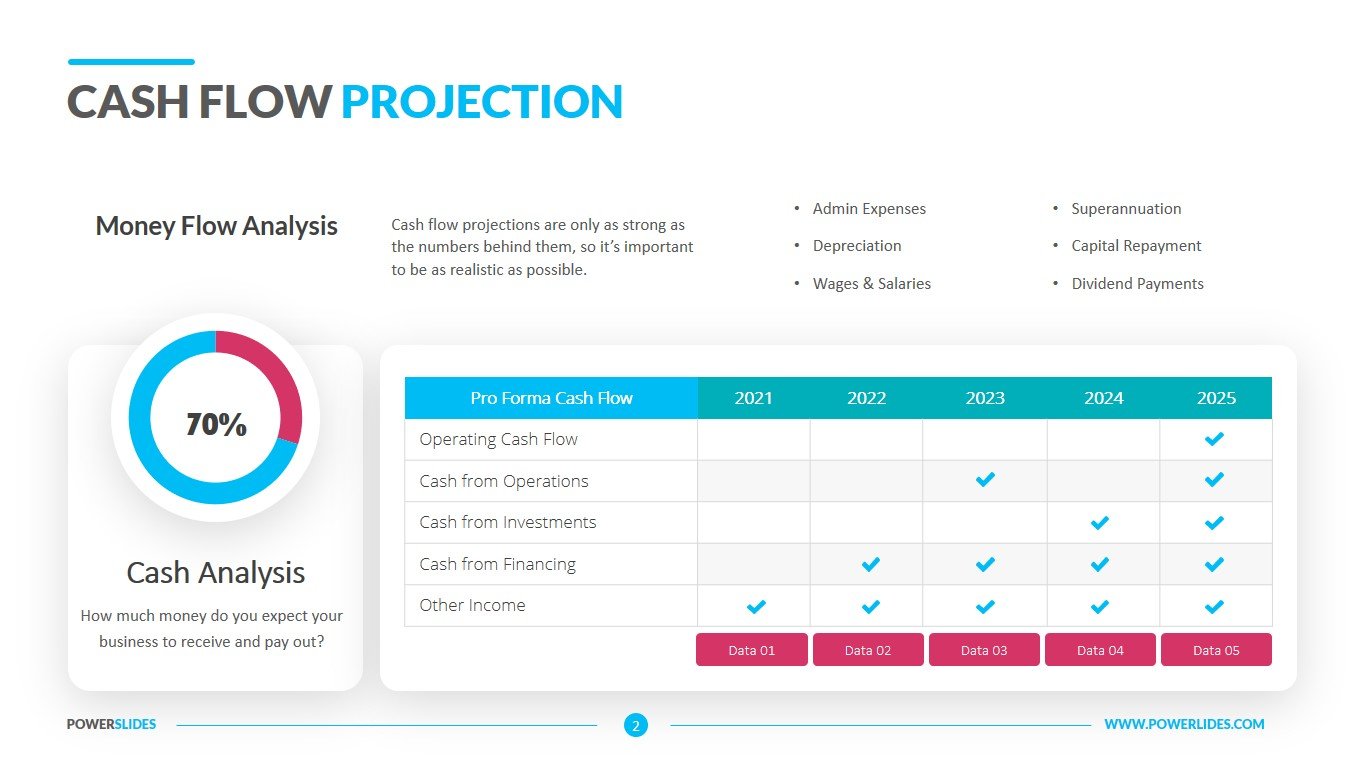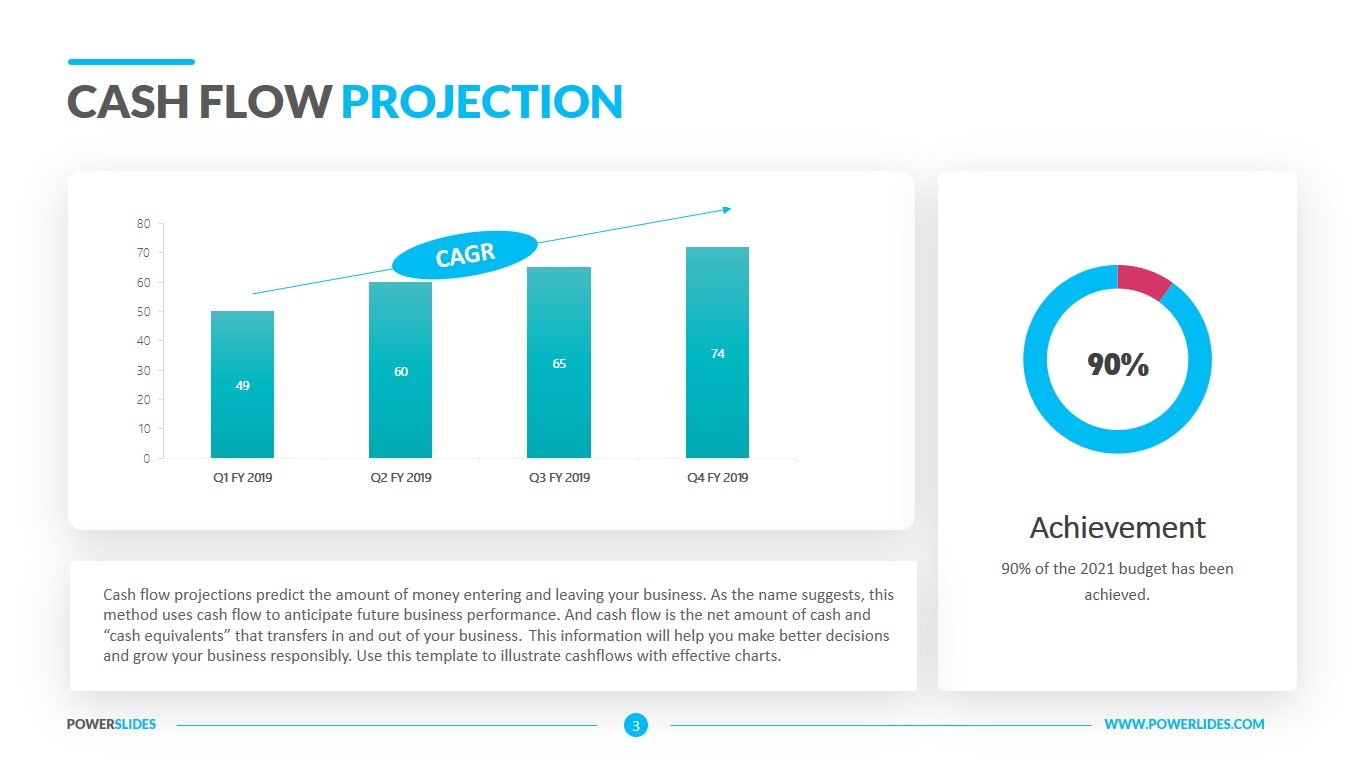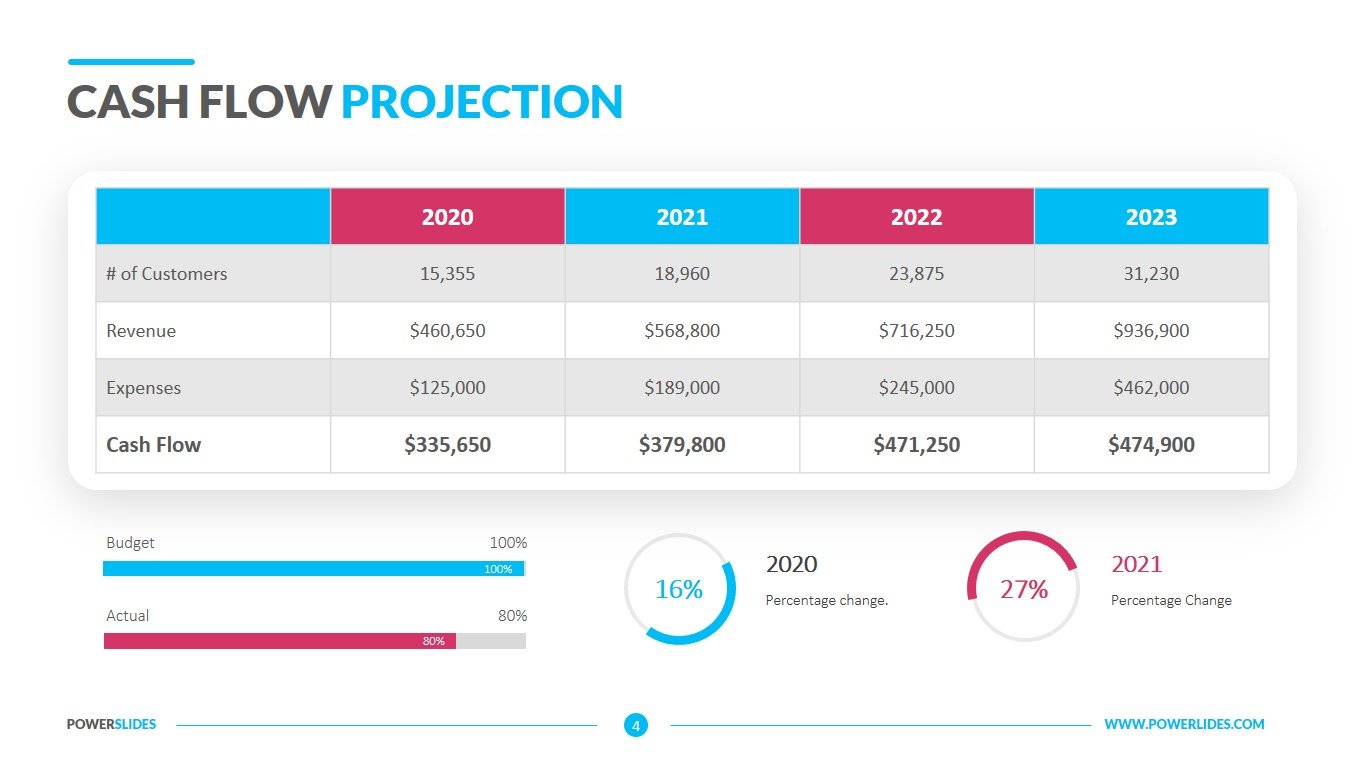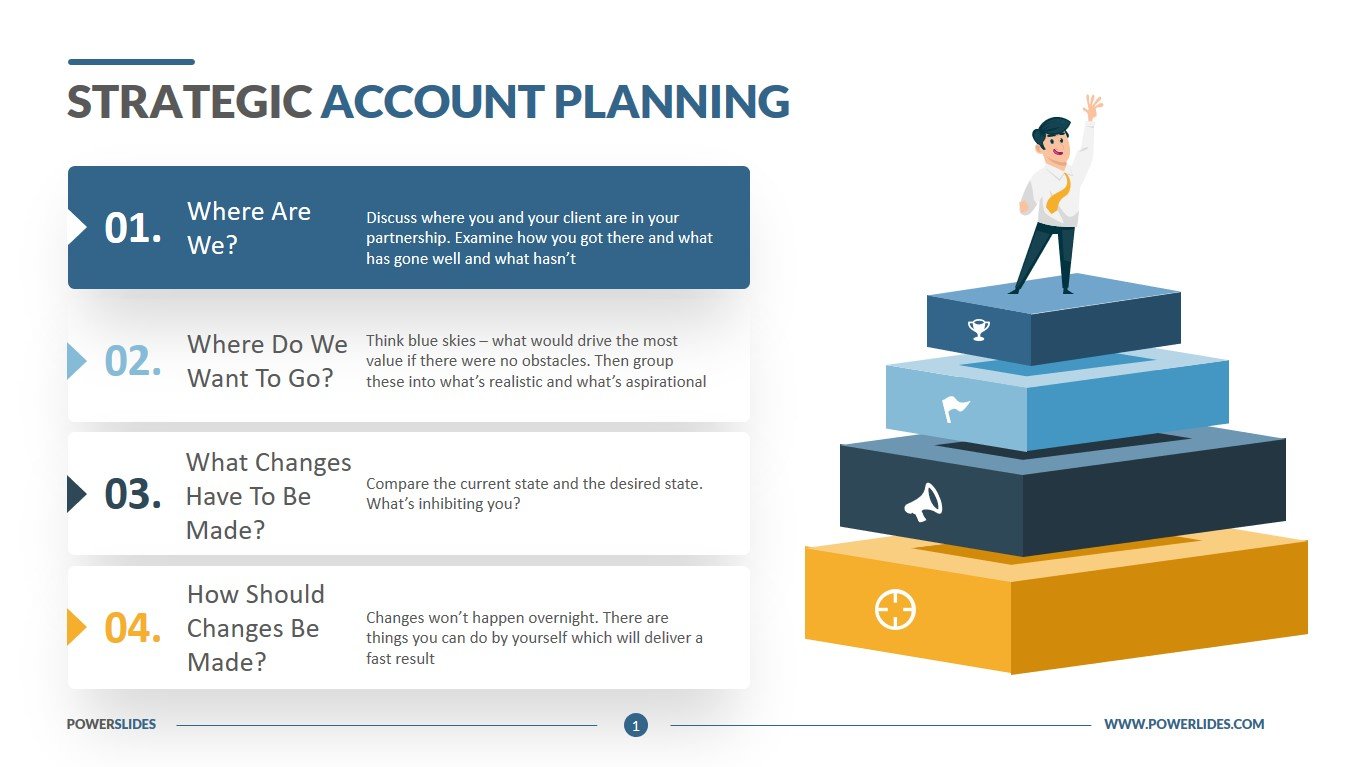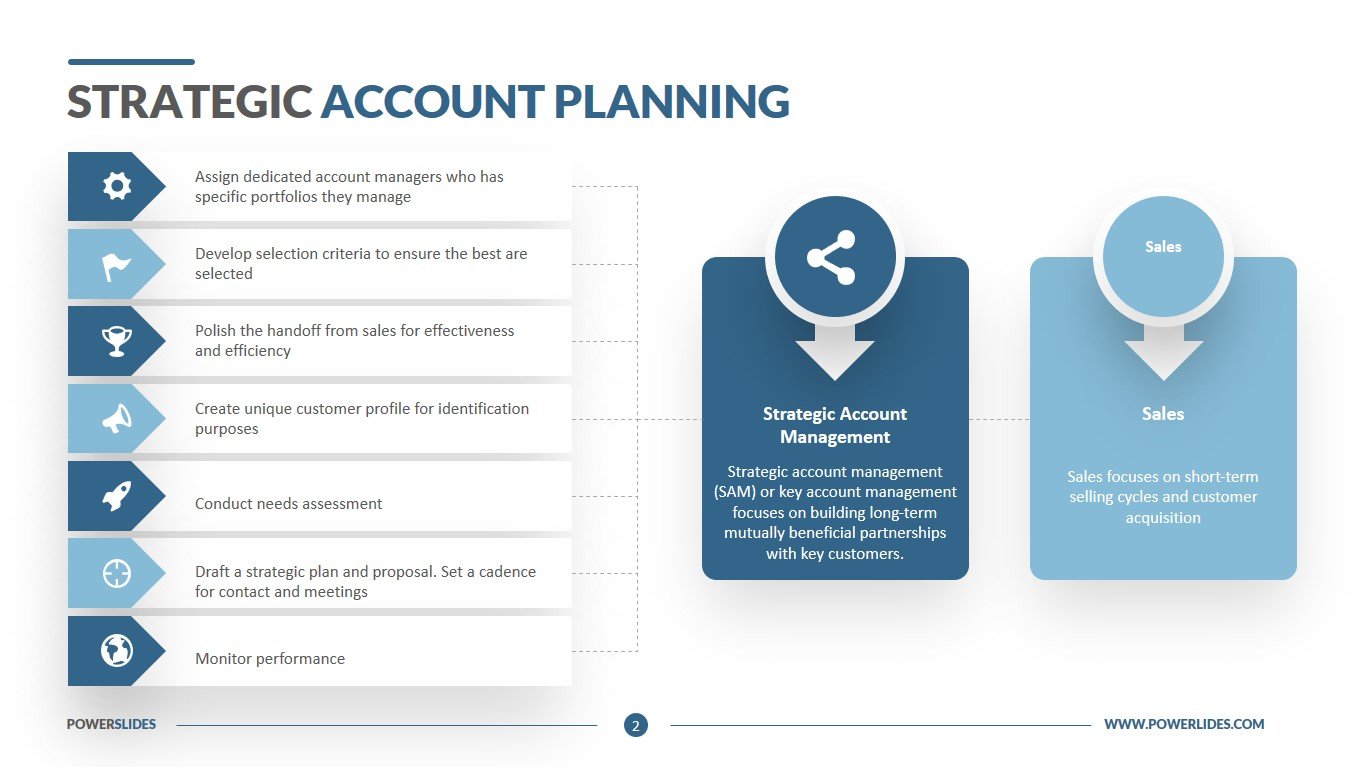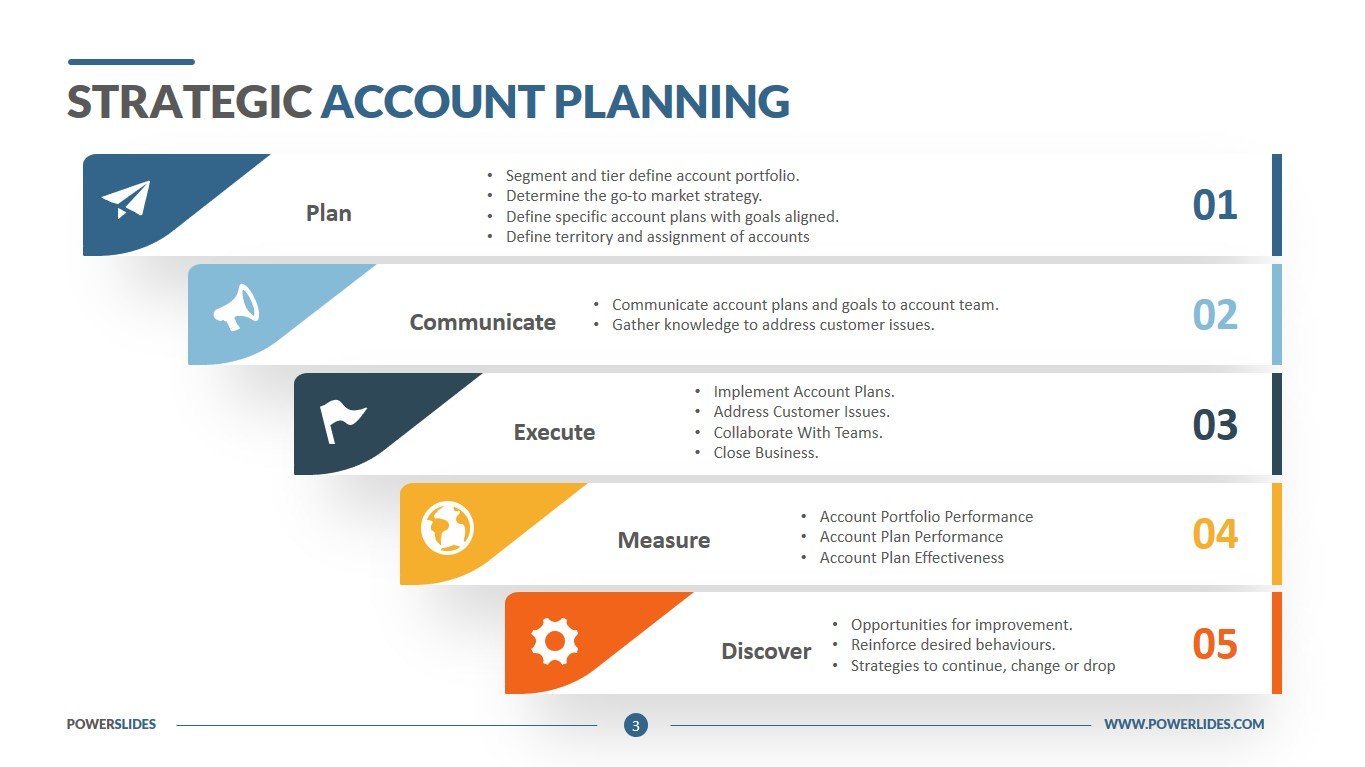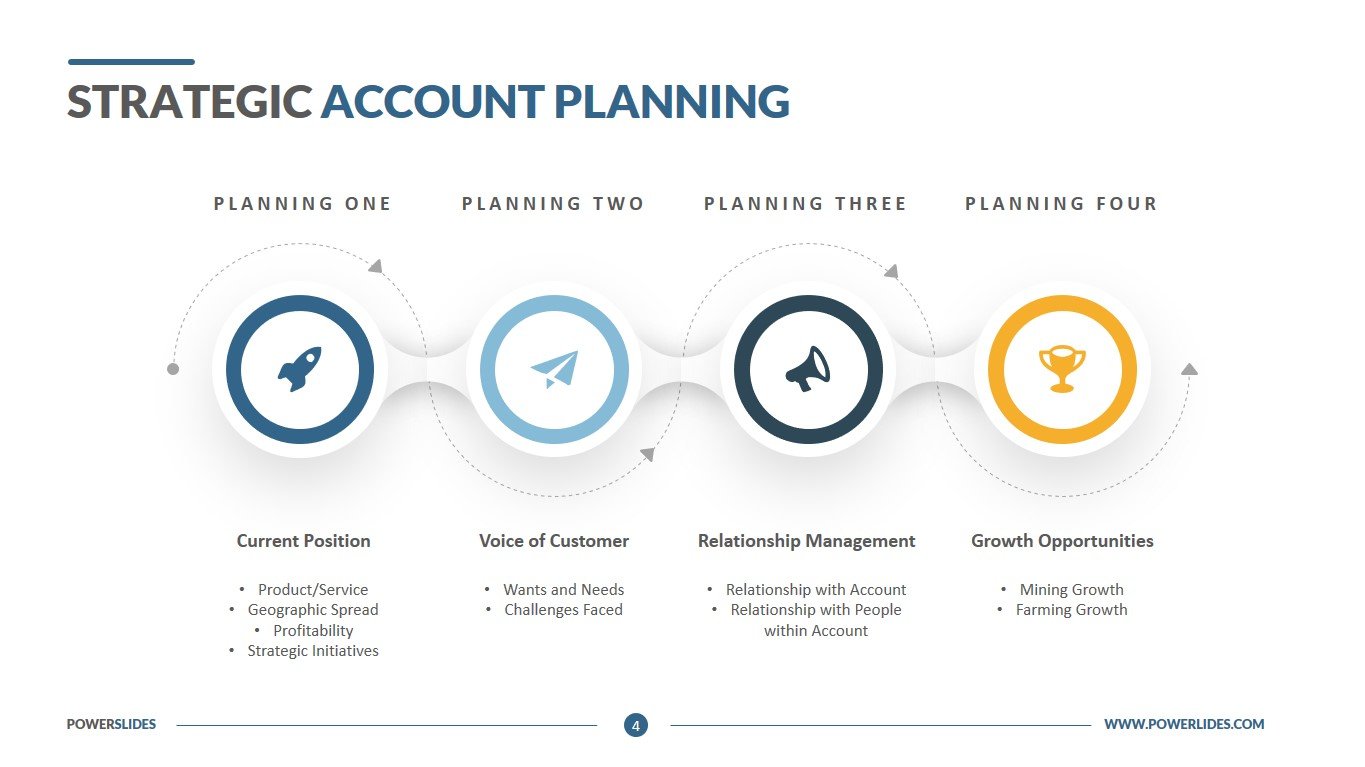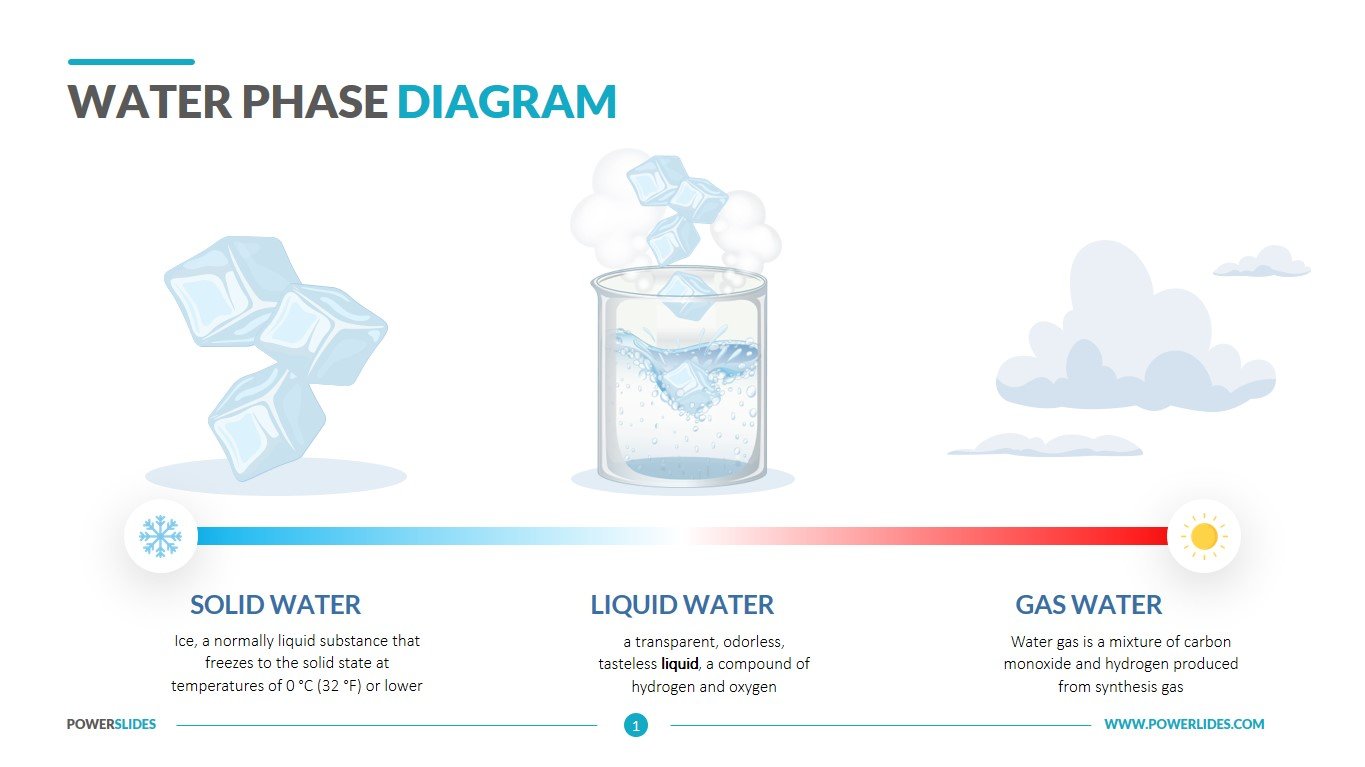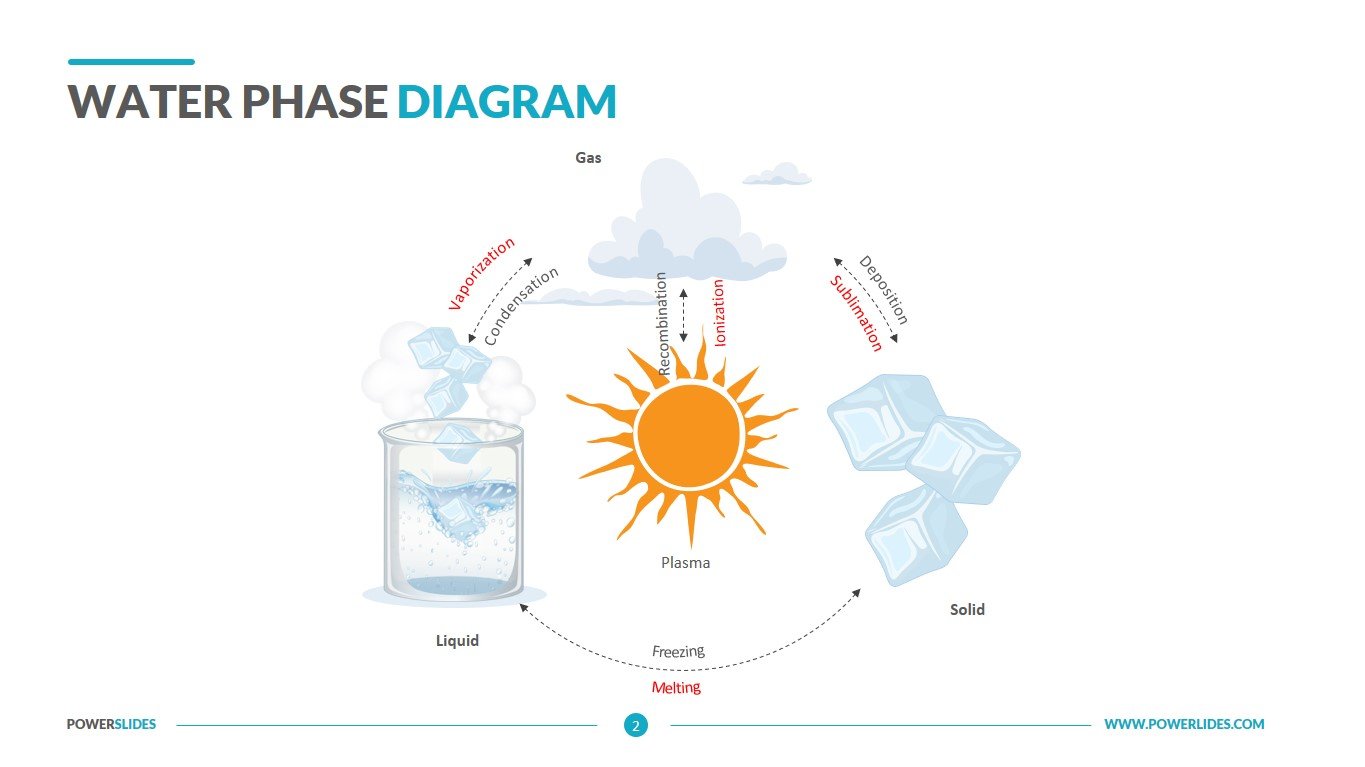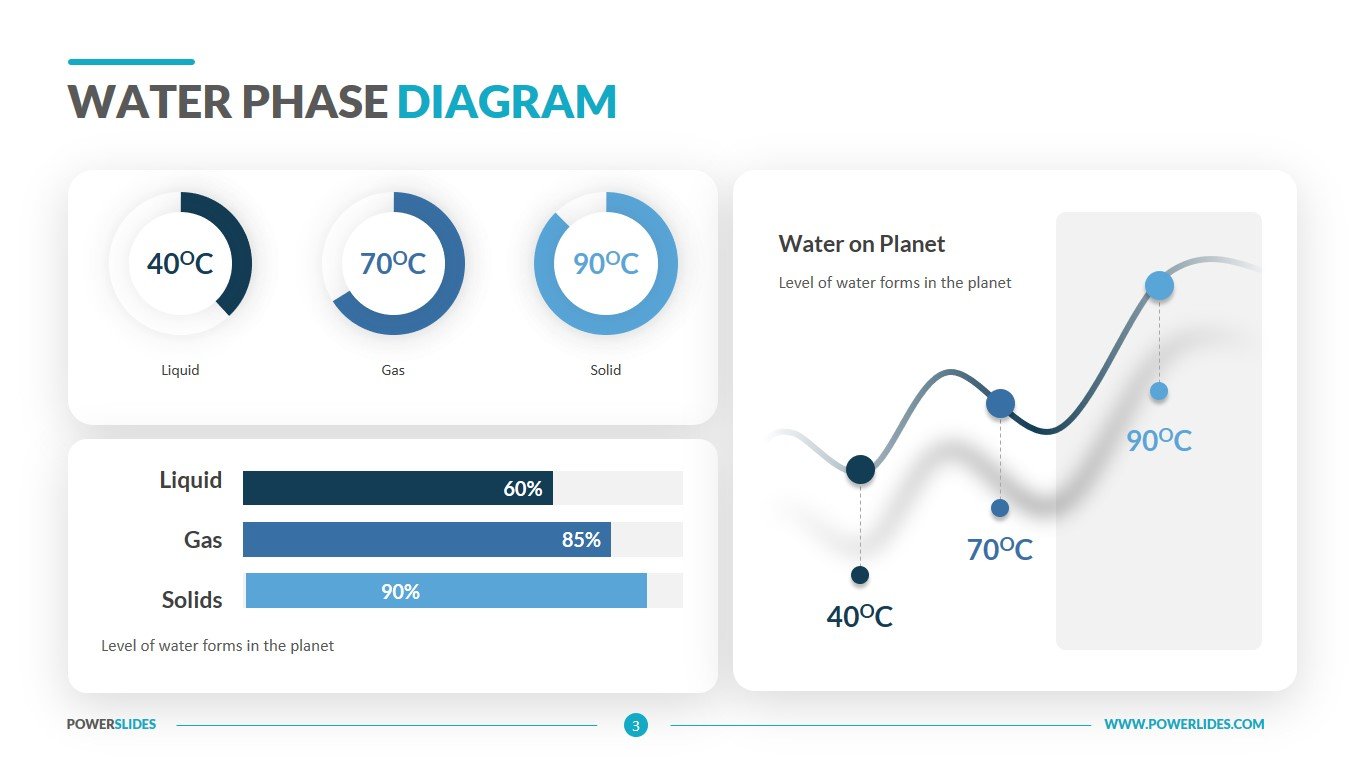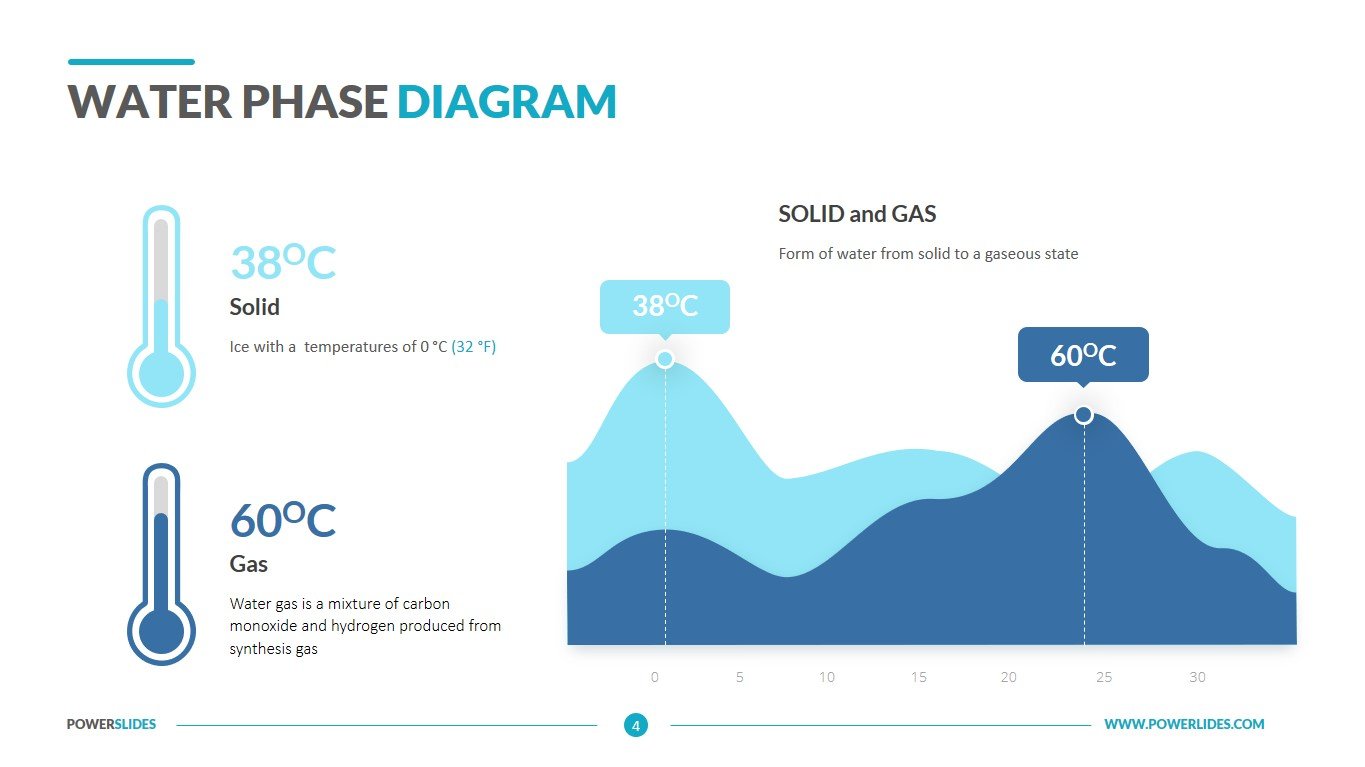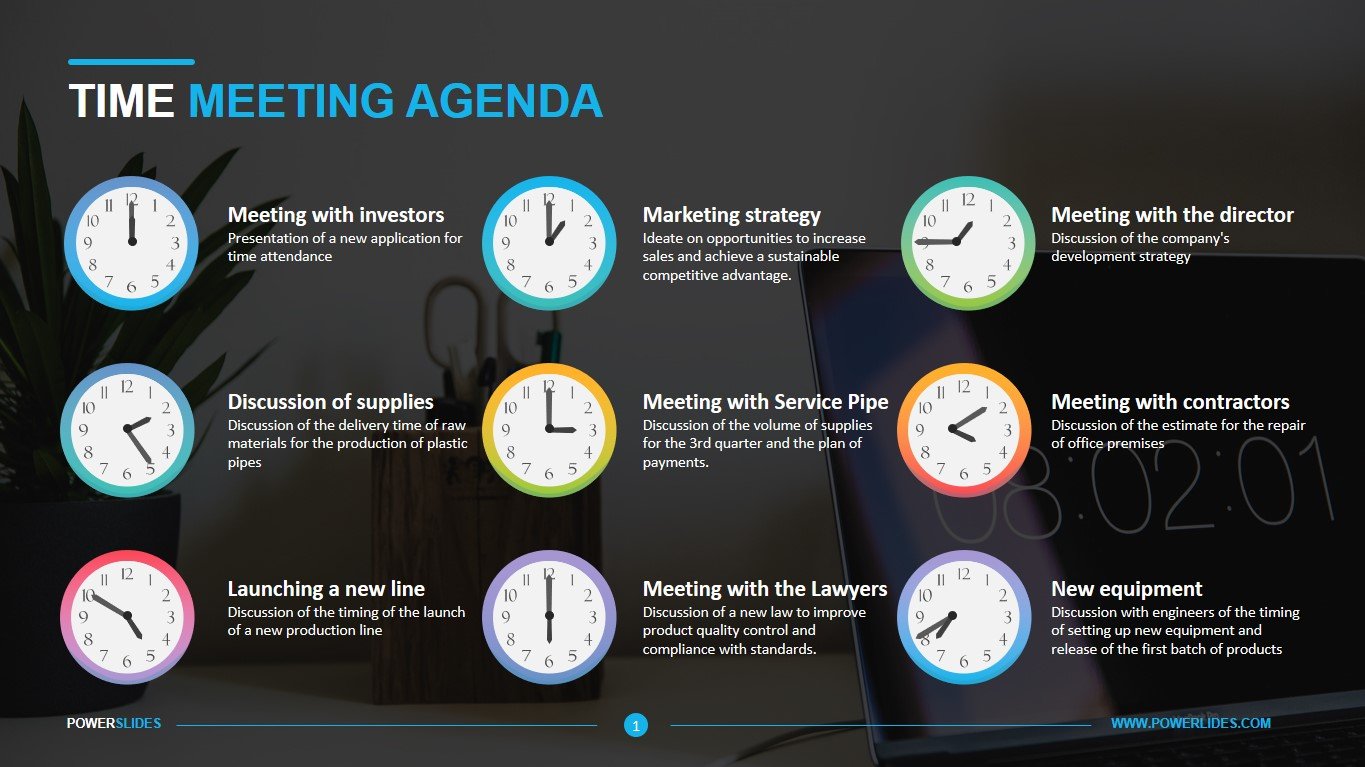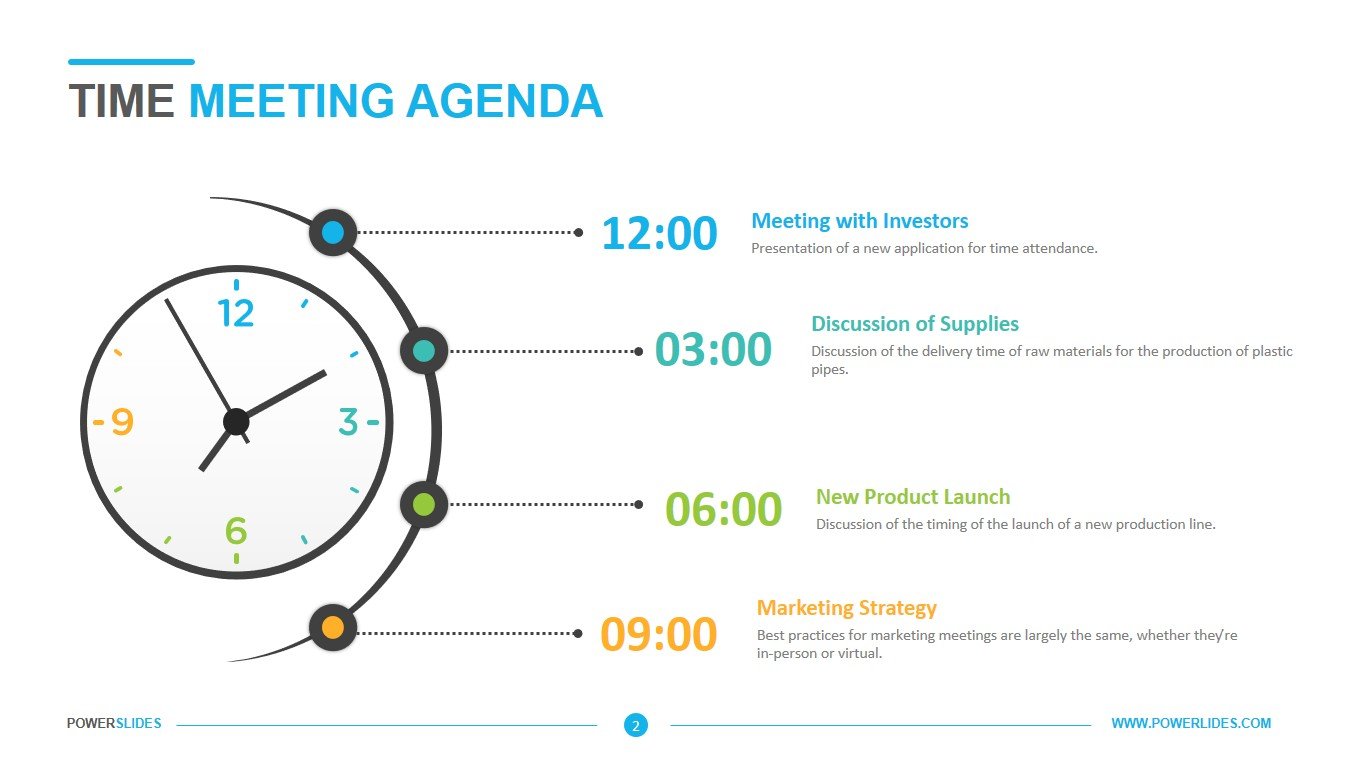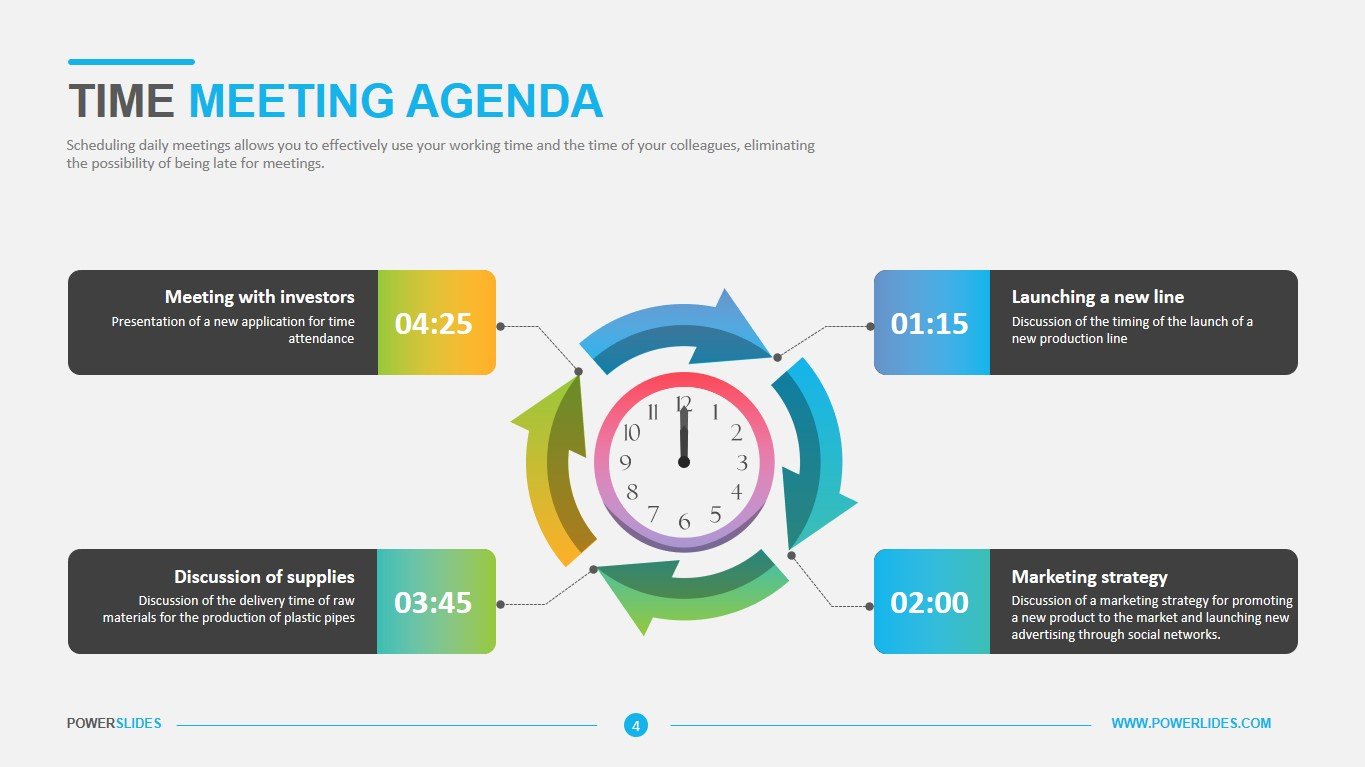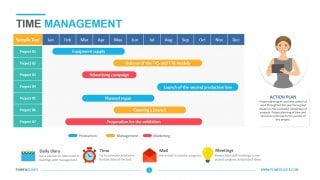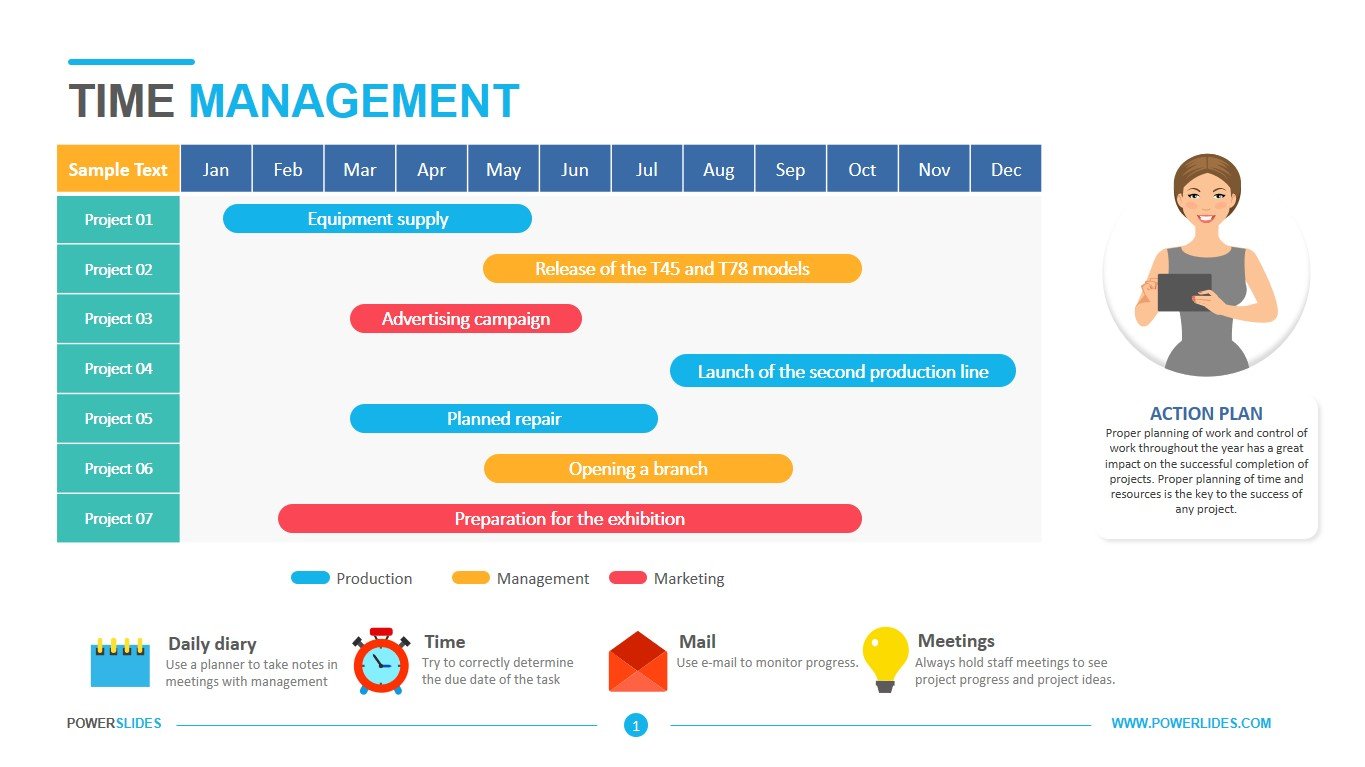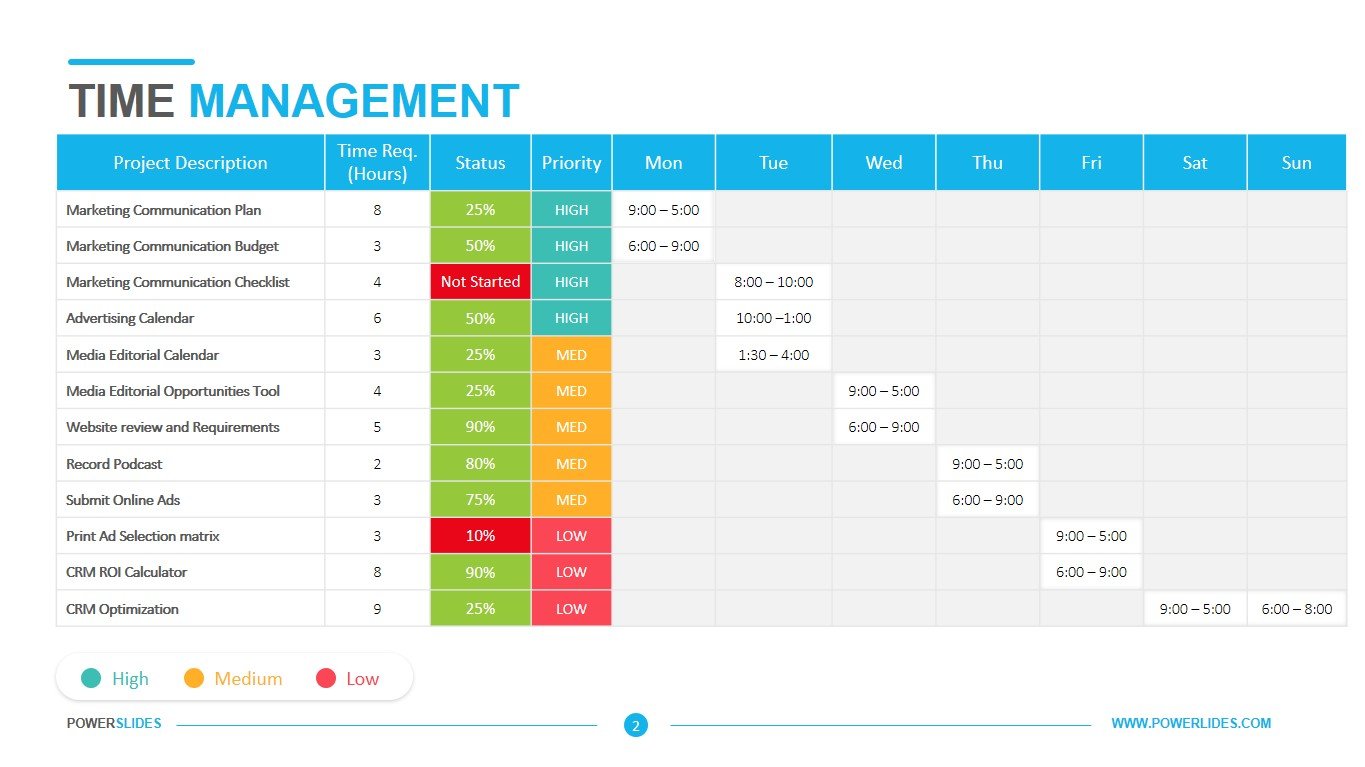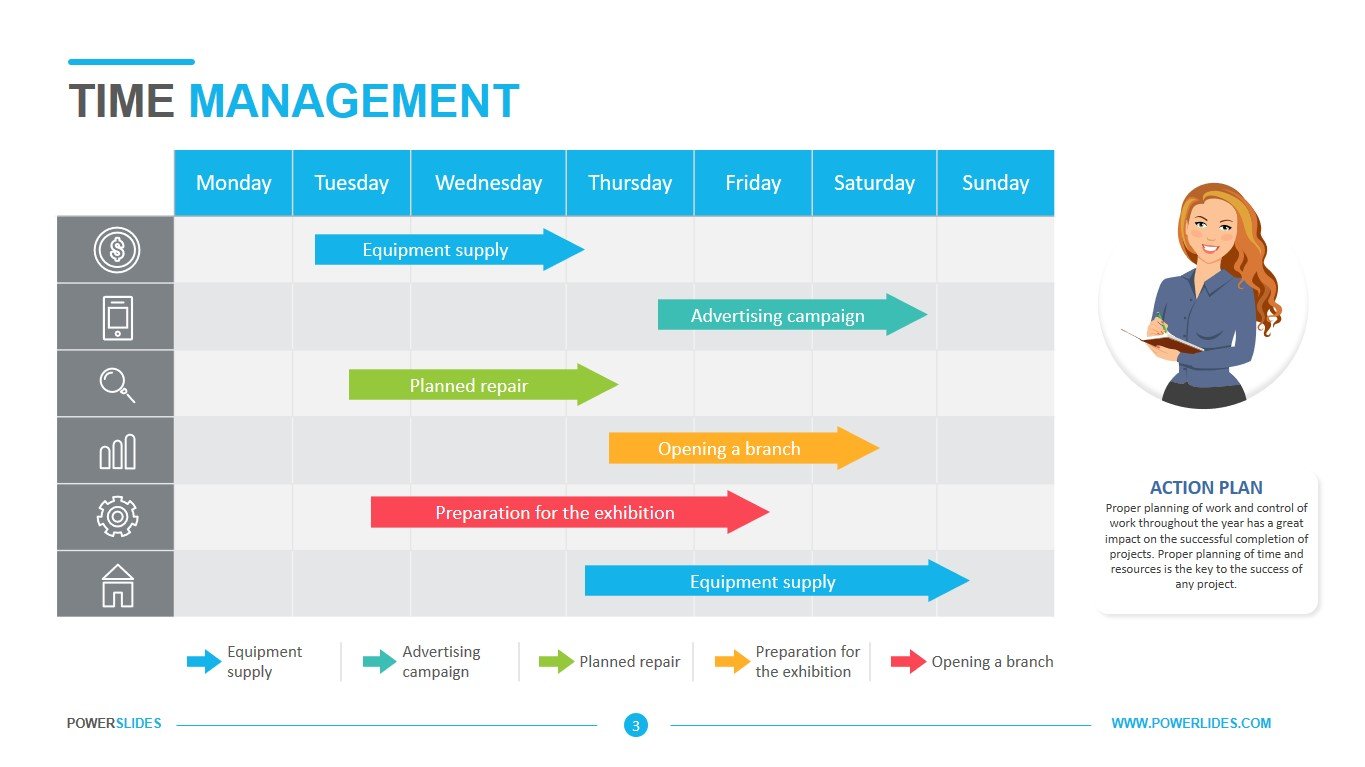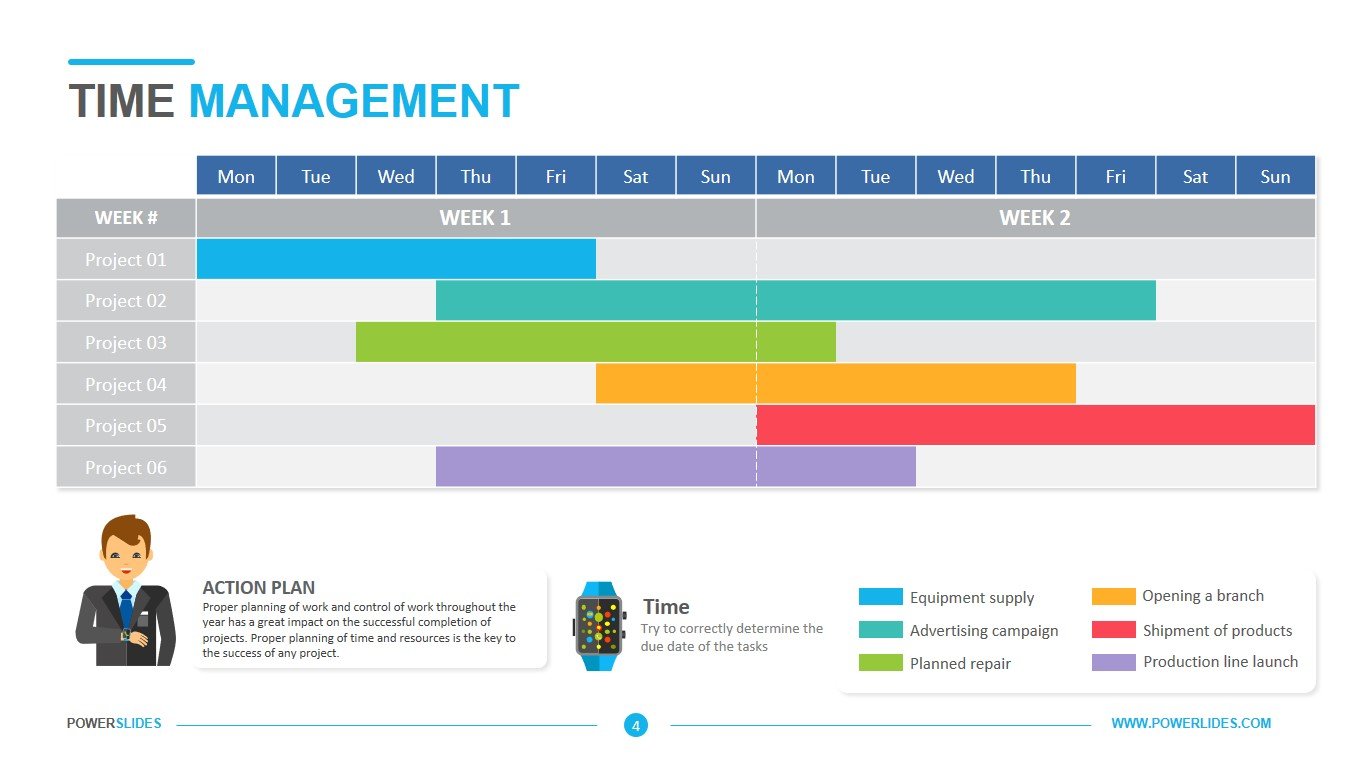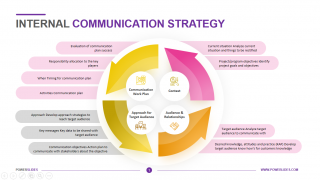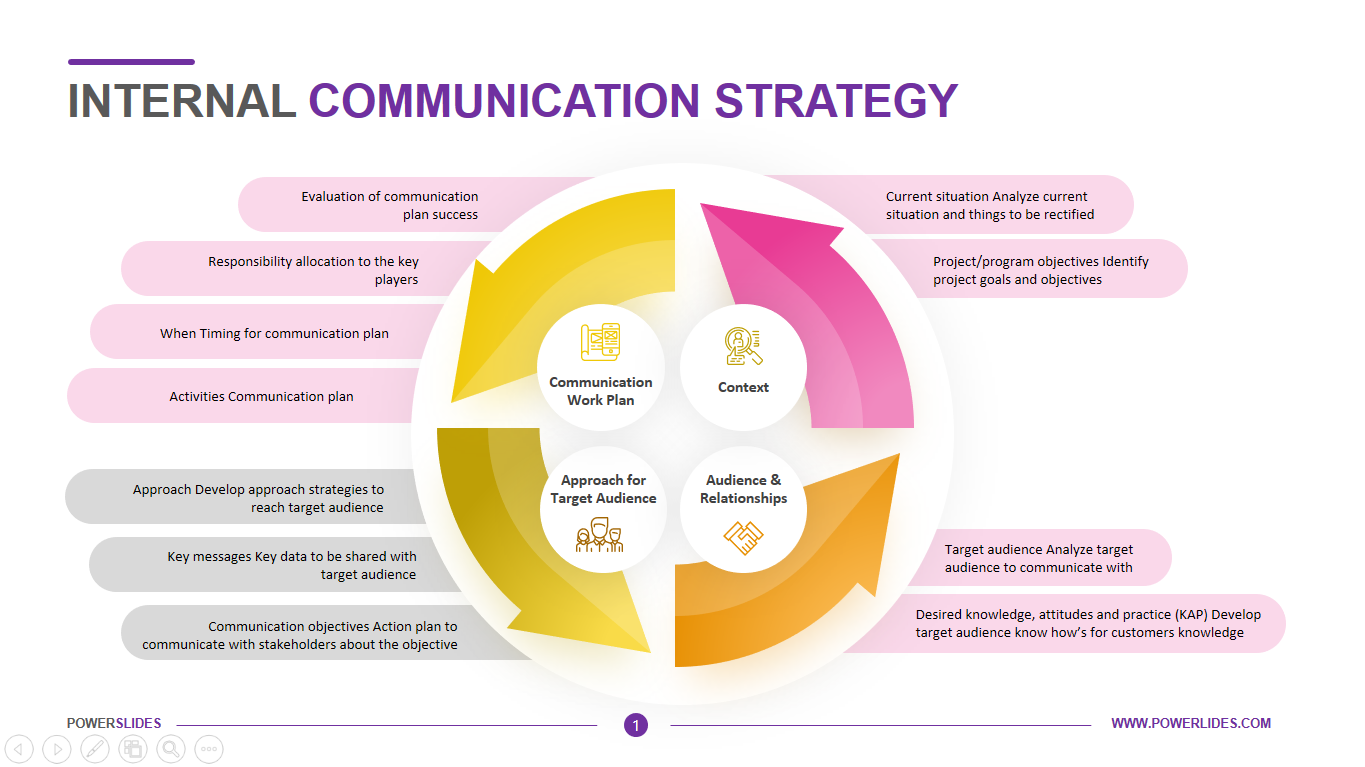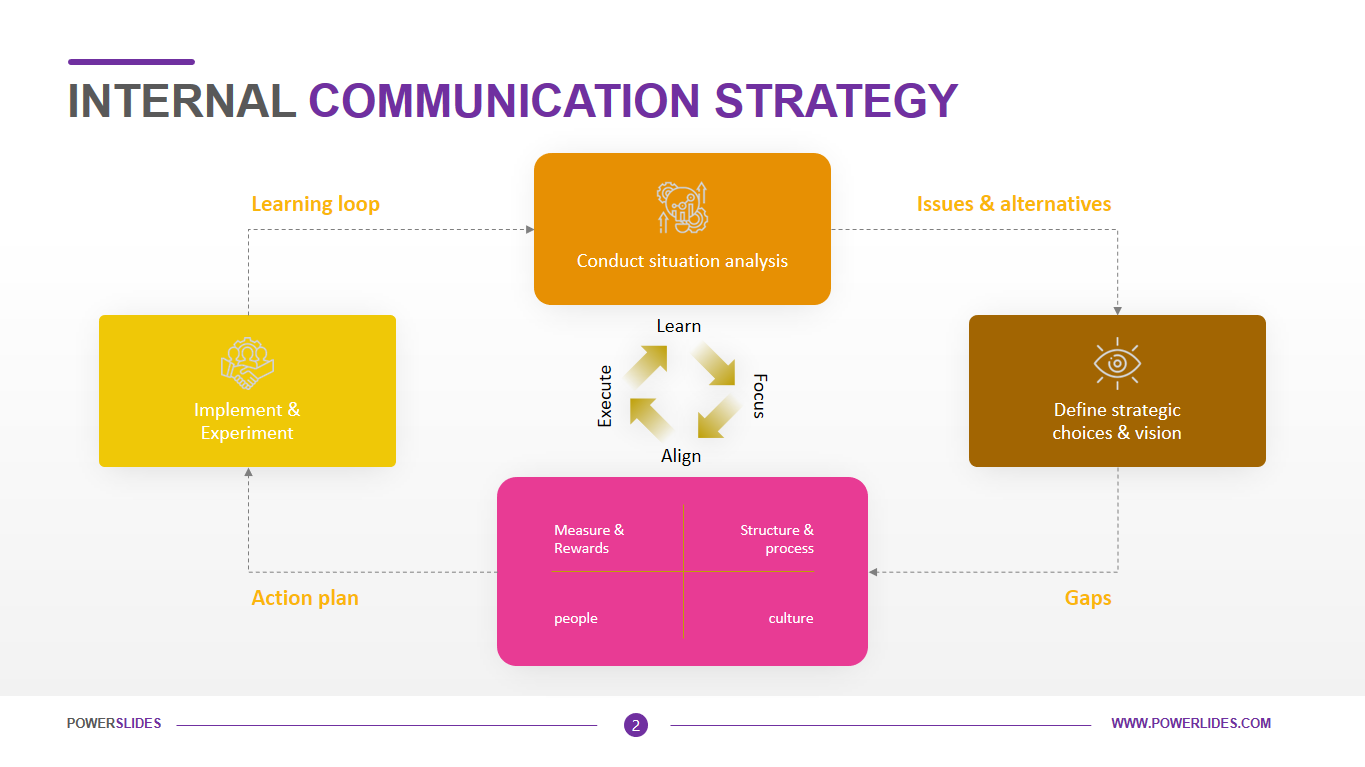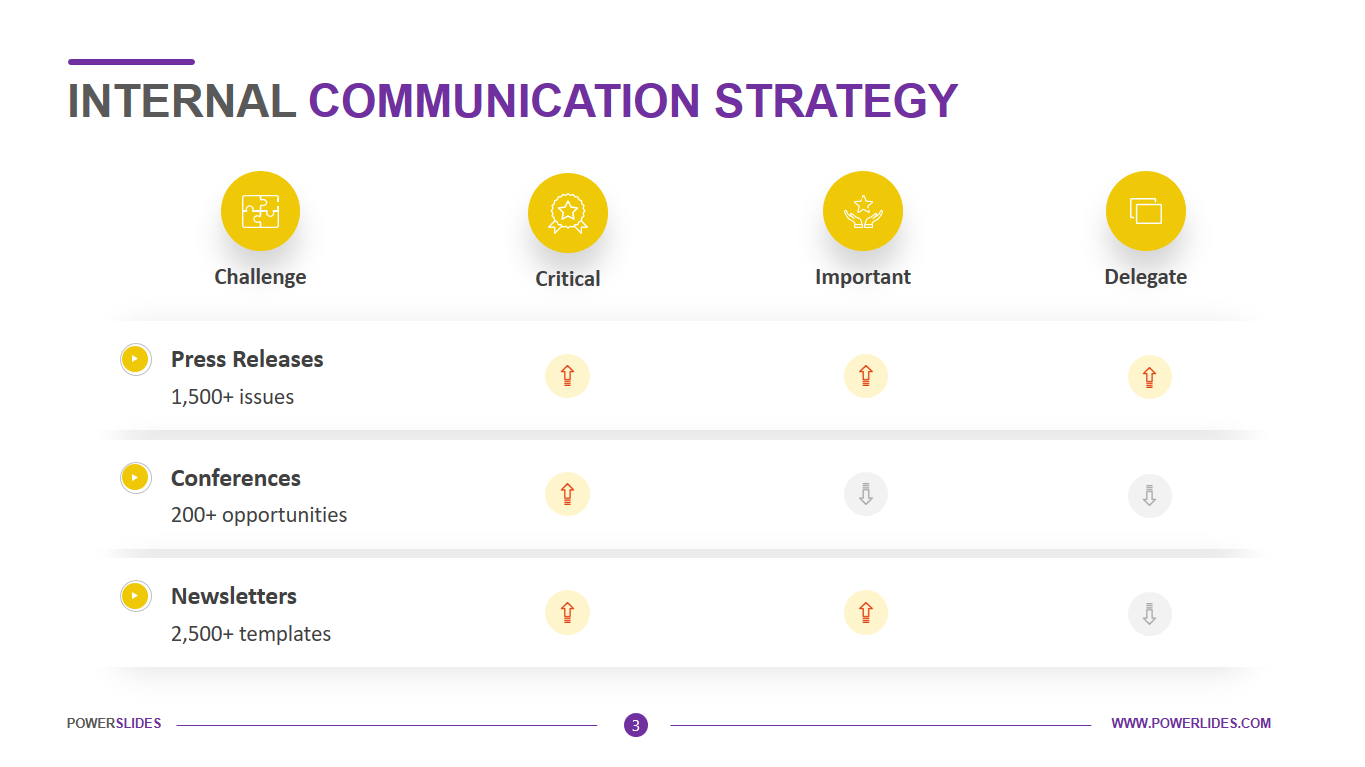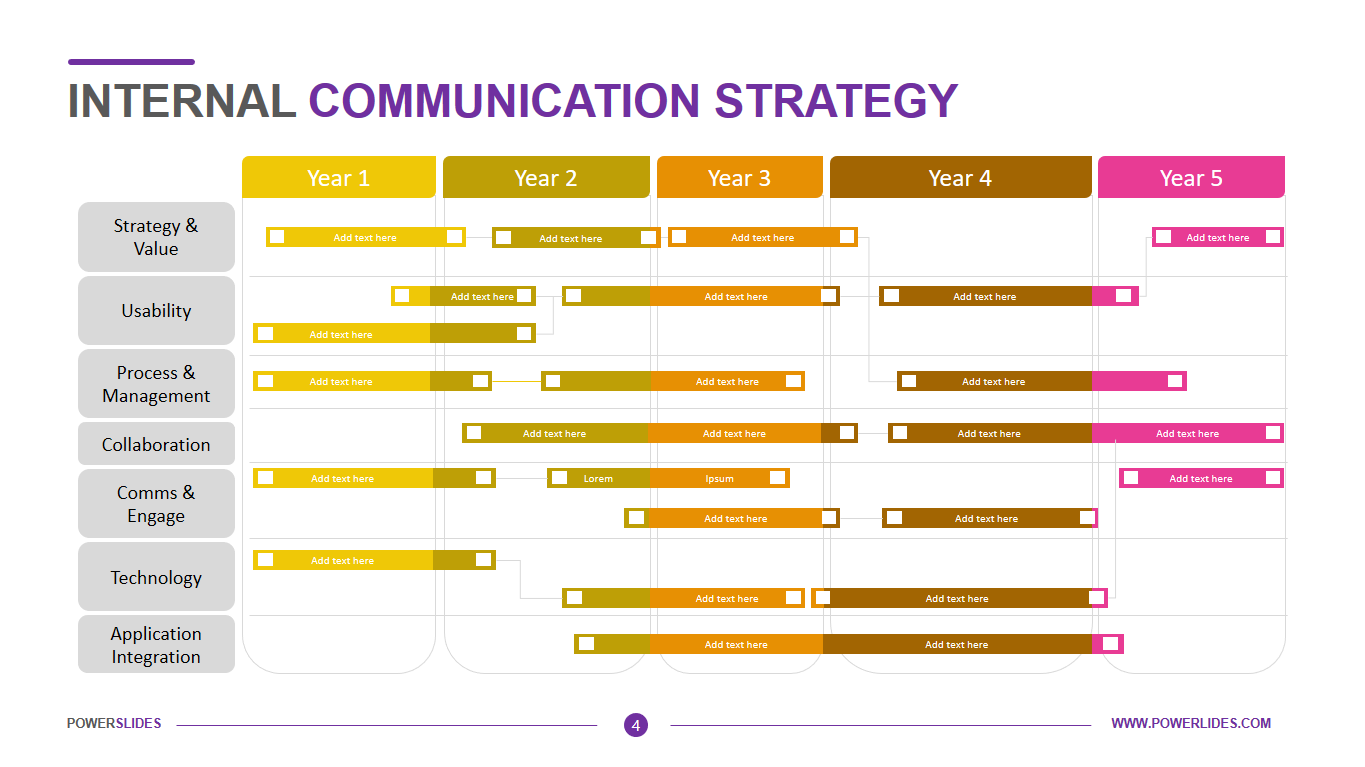Critical Path Analysis
 4 Slides
4 Slides
 File size: 16:9
File size: 16:9 
 Fonts: Lato Black, Calibri
Fonts: Lato Black, Calibri
 Supported version
PPT 2010, PPT 2013, PPT 2016
Supported version
PPT 2010, PPT 2013, PPT 2016
Product details
Critical path analysis (CPA) is a project management technique that requires mapping out every key task that is necessary to complete a project. It includes identifying the amount of time necessary to finish each activity and the dependencies of each activity on any others. Also known as the critical path method, CPA is used to set a realistic deadline for a project and to track its progress along the way. In the late 1950s, James Kelley of Remington Rand and Morgan Walker of DuPont developed a project management technique called the critical path method (CPM). Since then, CPA has become a key component in planning and managing projects rationally. Critical path analysis identifies the sequence of crucial and interdependent steps that comprise a work plan from start to finish. It also identifies non-critical tasks. These may also be important, but if they hit an unexpected snag, they will not hold up any other tasks and thus jeopardize the execution of the entire project. The concept of a critical path recognizes that completion of some tasks in a project is dependent on the completion of other tasks. Some activities cannot start until others are finished. Inevitably, that presents the risk of bottlenecks. CPA detects and defines all of the critical and non-critical tasks involved in a work plan and identifies both the minimum and the maximum amount of time associated with each. It also notes those dependencies among activities, and that tells them the amount of float or slack time that can be associated with each in order to arrive at a reasonable overall deadline date. The project plan must be tracked through the course of a project to make sure every task is on track and no adjustments need to be made. The timeline in a CPA is often expressed as a Gantt chart, a type of bar chart that is designed to illustrate the key dependencies in a complex project. CPA is used widely in industries devoted to extremely complex projects, from aerospace and defence to construction and product development. Today, project scheduling software is used to automatically calculate dates.
The Critical Path Analysis template consists of four slides that have all the tools you need to create a modern and professional presentation. The first slide of the template gives you the opportunity to explain to your audience the sequence of actions in an accessible form. Different object colours allow you to highlight the required and less significant steps in your plan. For example, a product owner, based on user stories and story points, can determine that a project will not be completed on time. Then you can exclude less important user stories from the project. The next slide gives you the opportunity to describe the main stages and show the overall percentage of the project completed. This slide will be useful for project managers and department leaders in preparation for meeting with the team. Also, startups and investment companies can use this template. Critical Path Analysis can be used by engineers of large industrial enterprises and scientific institutes.







